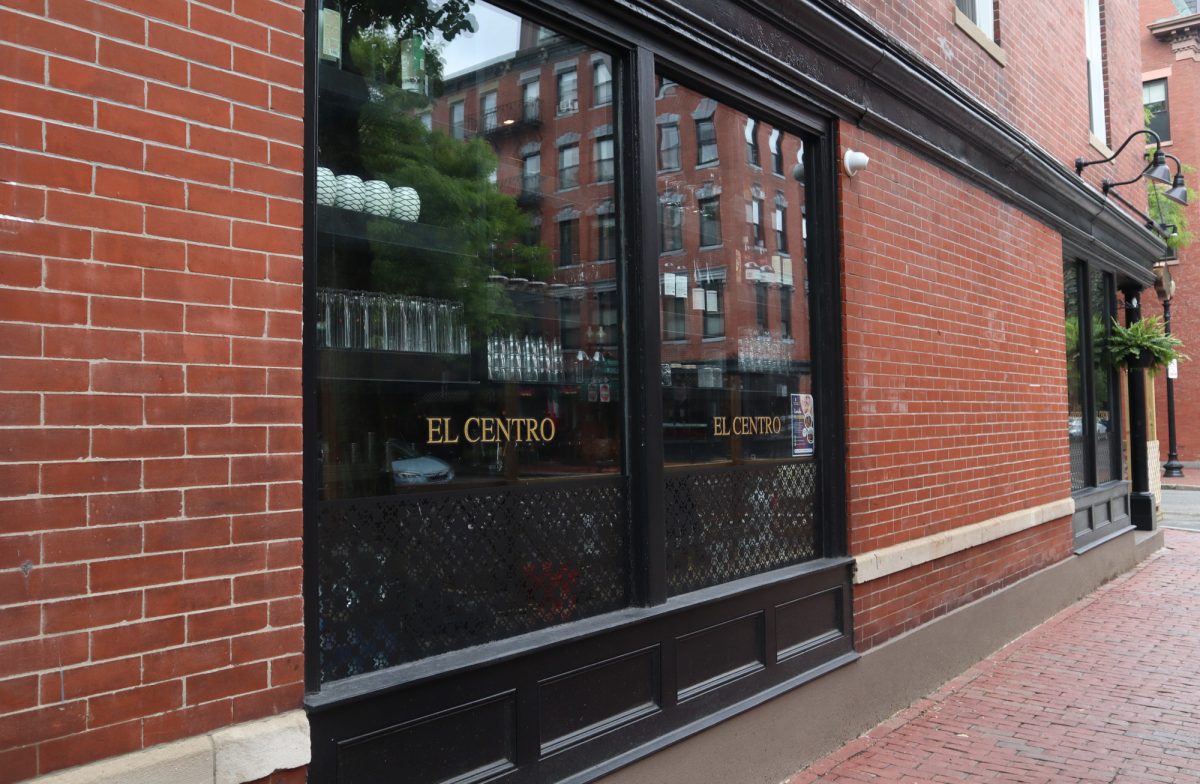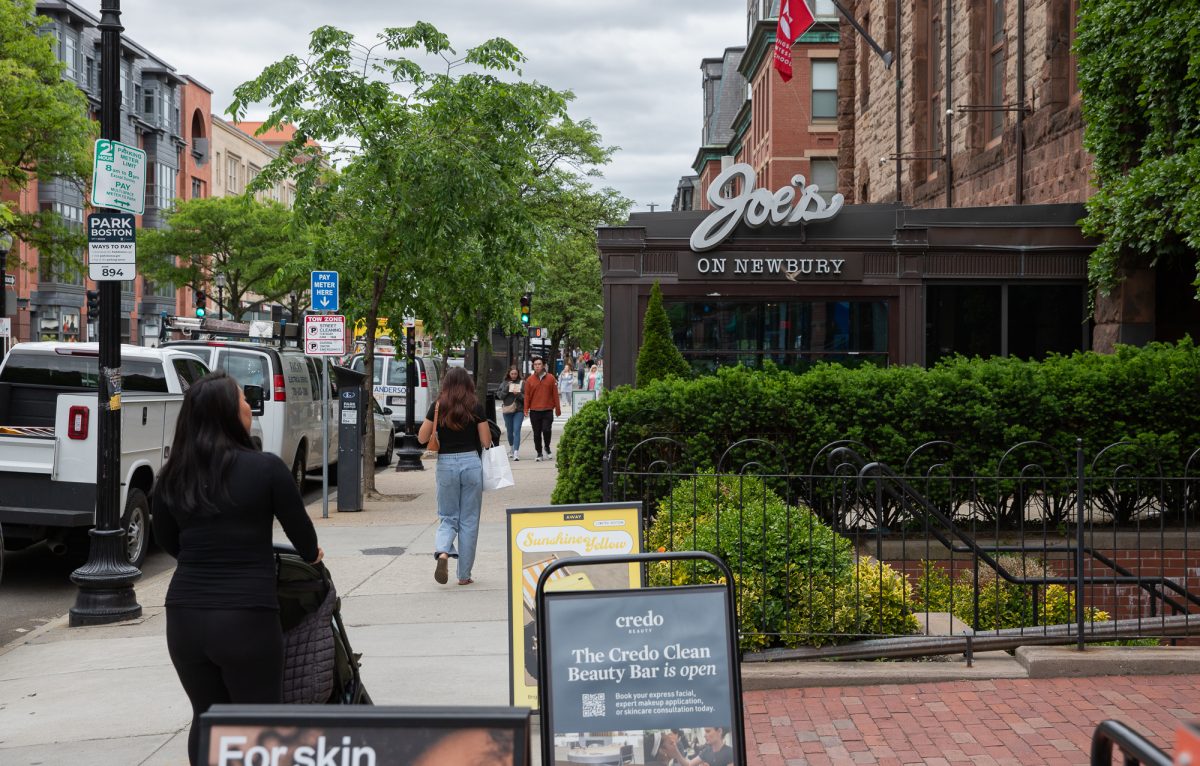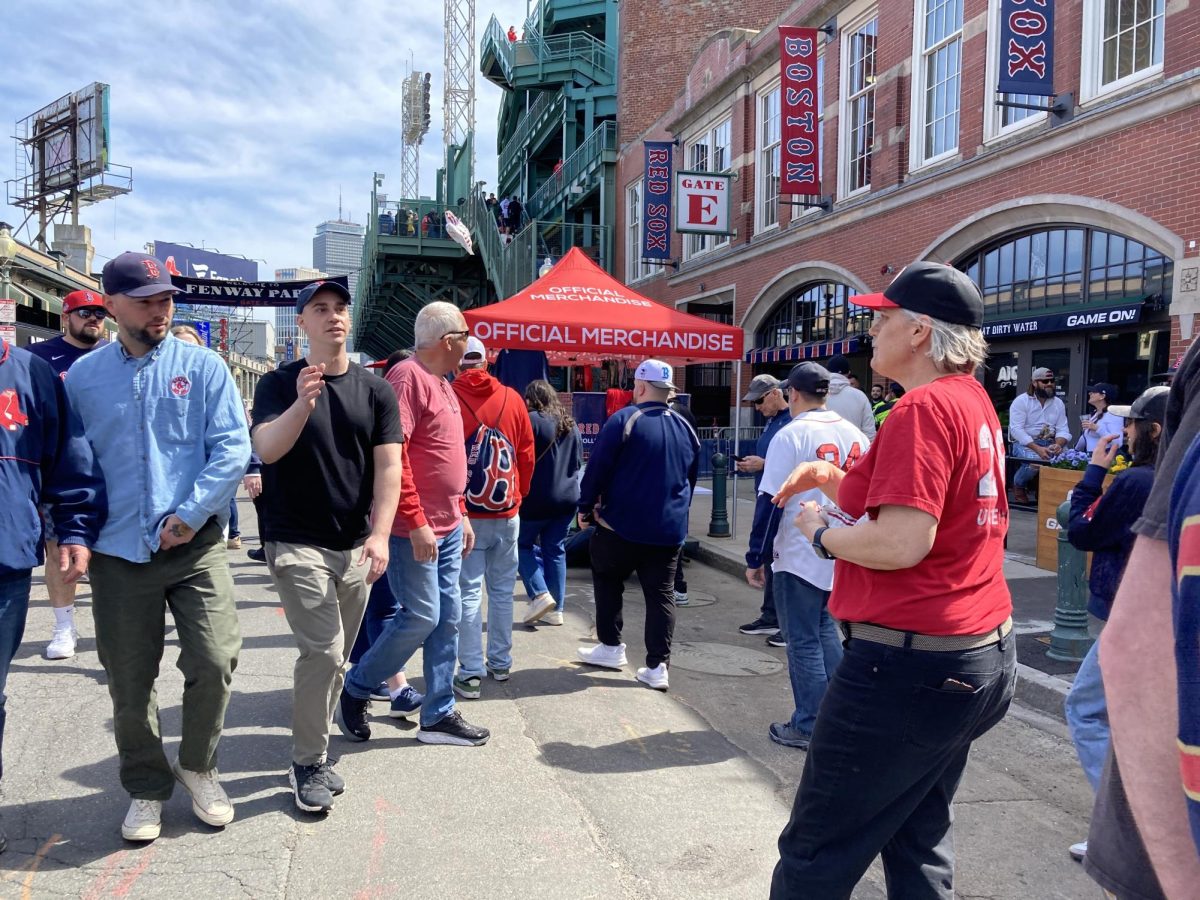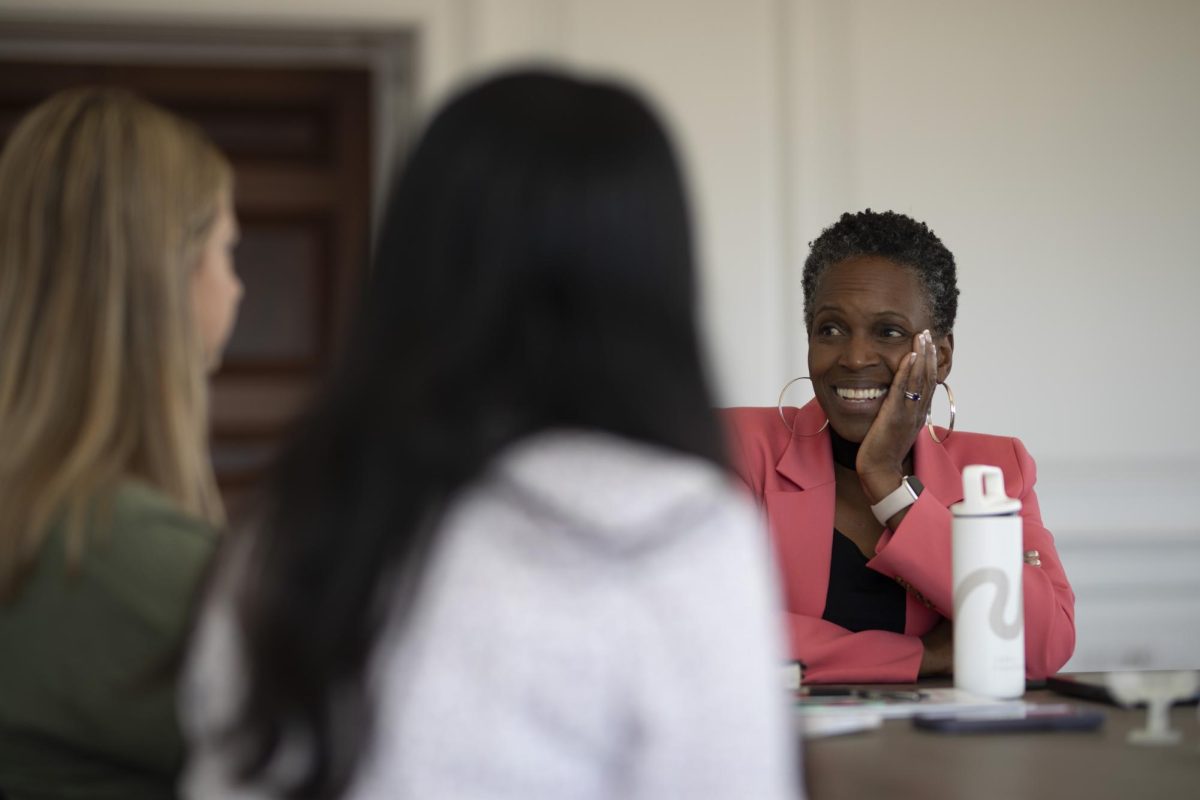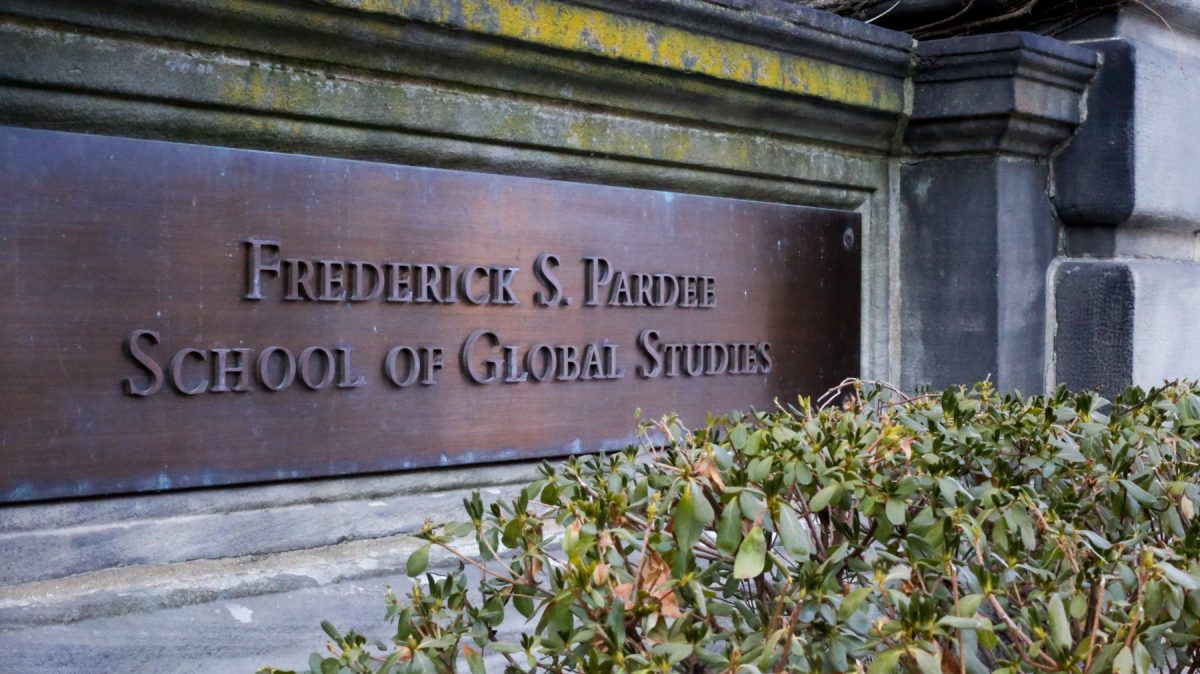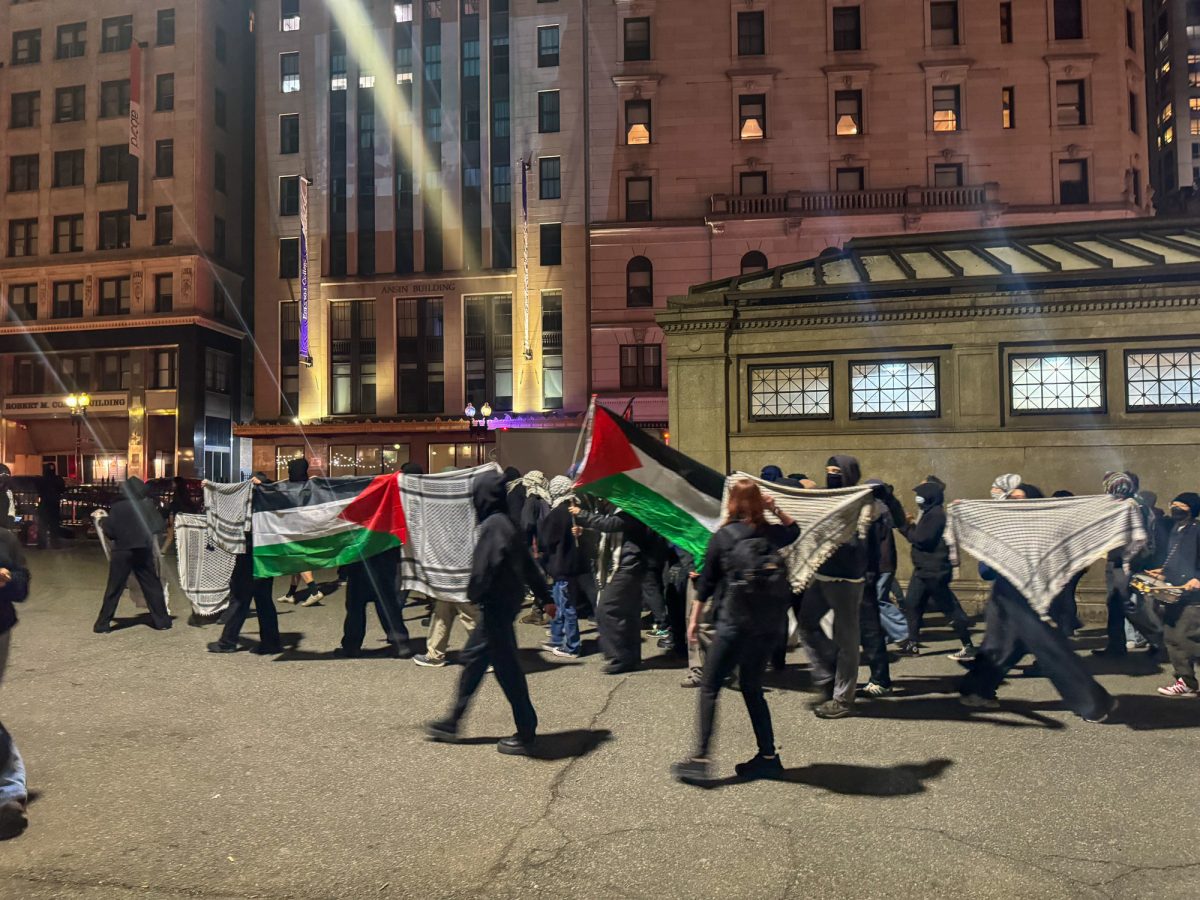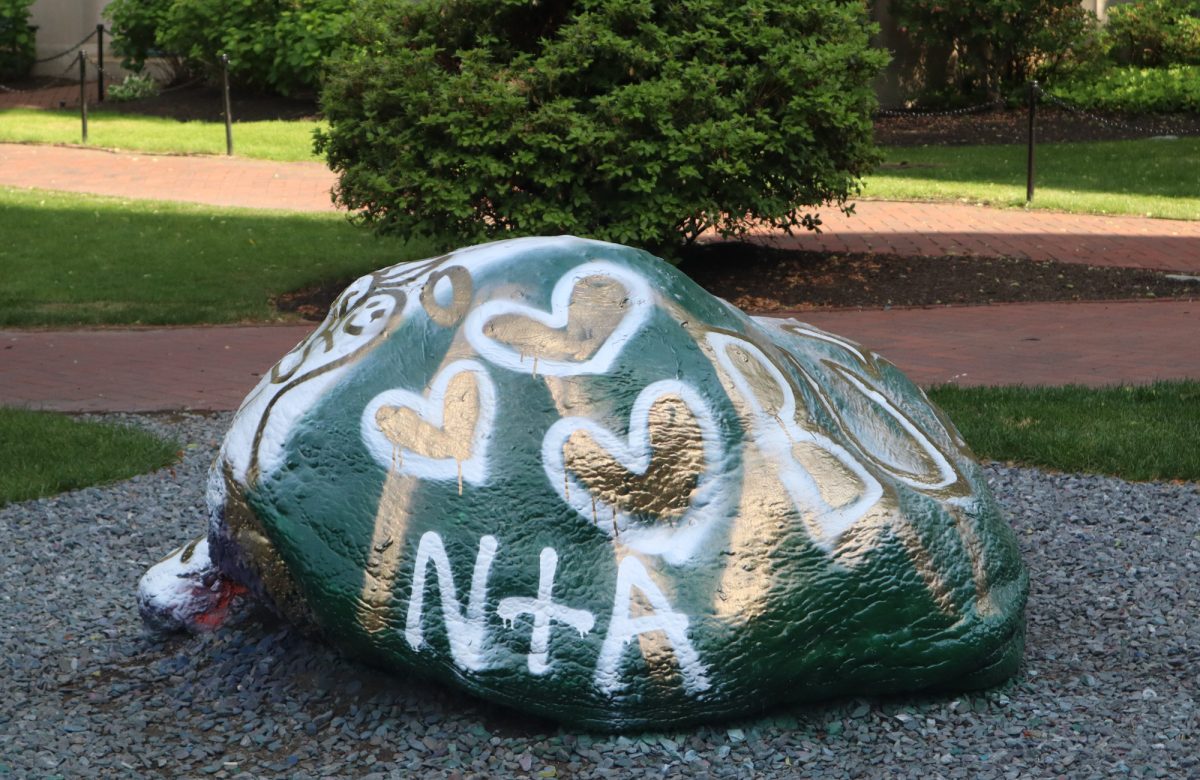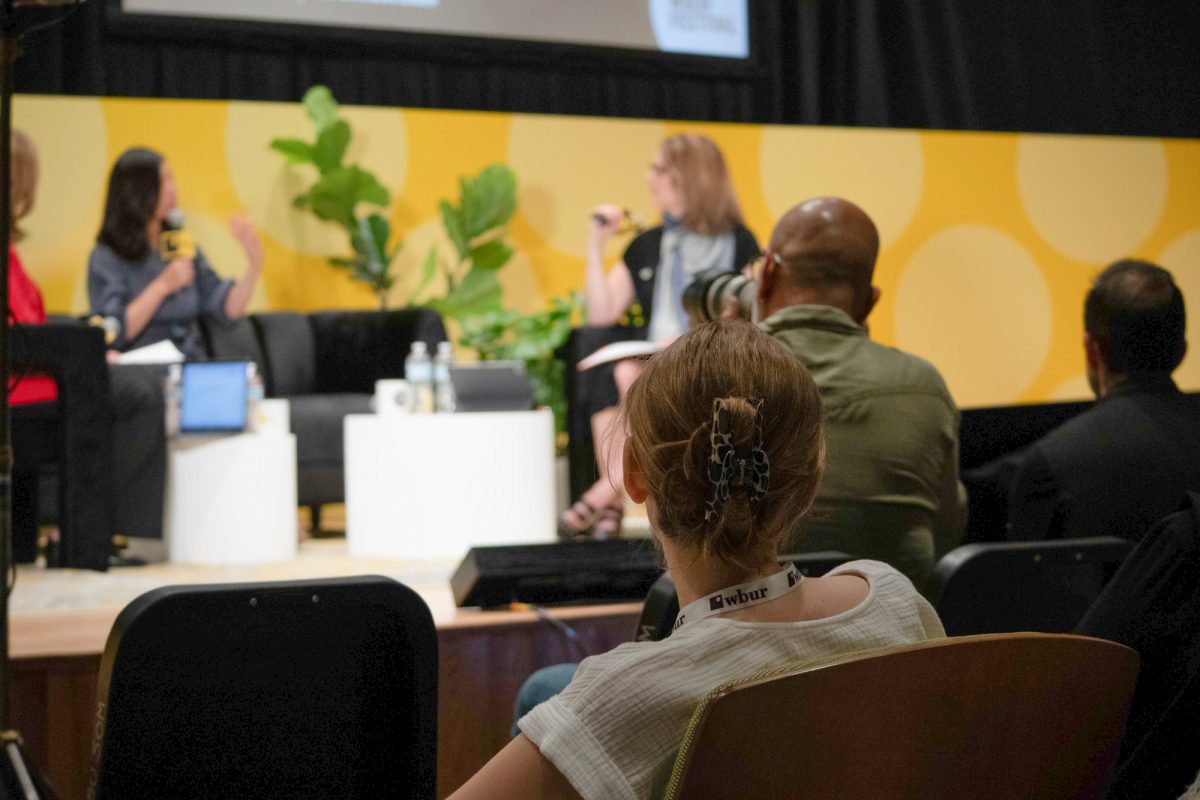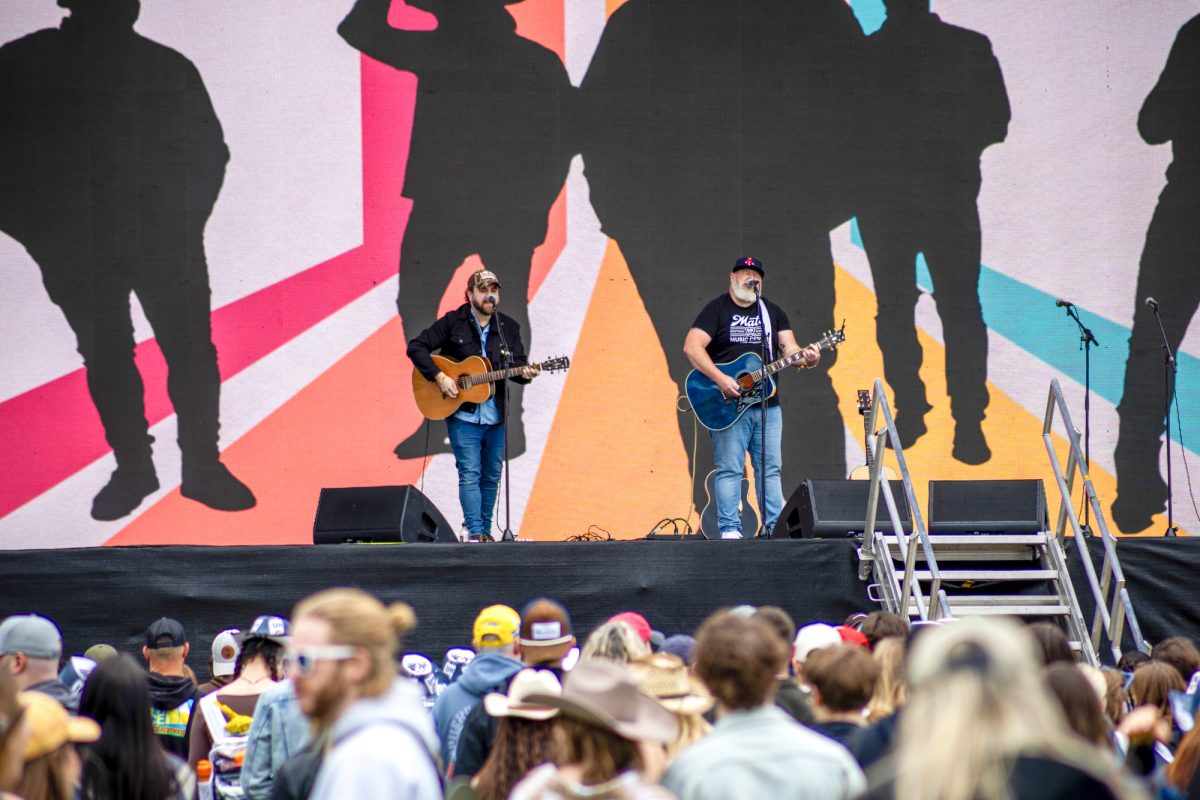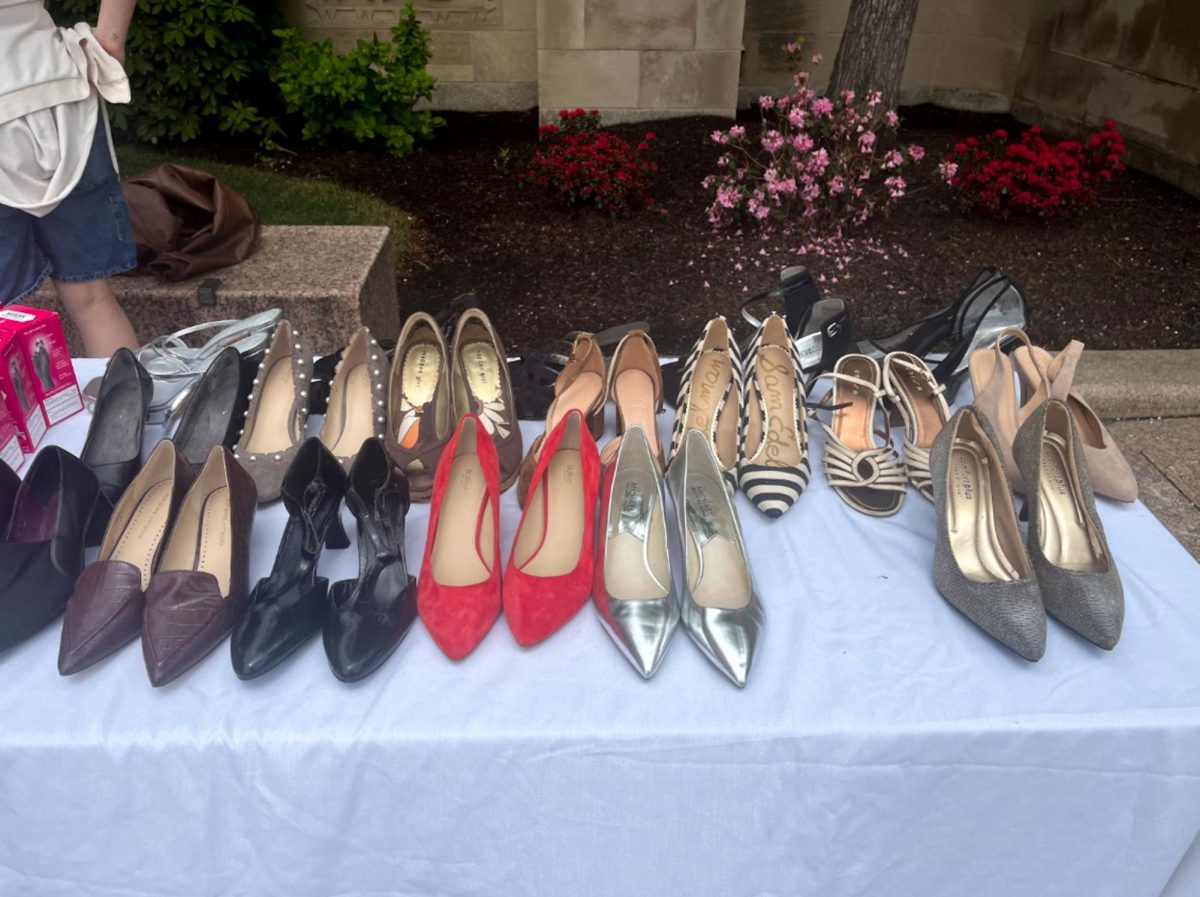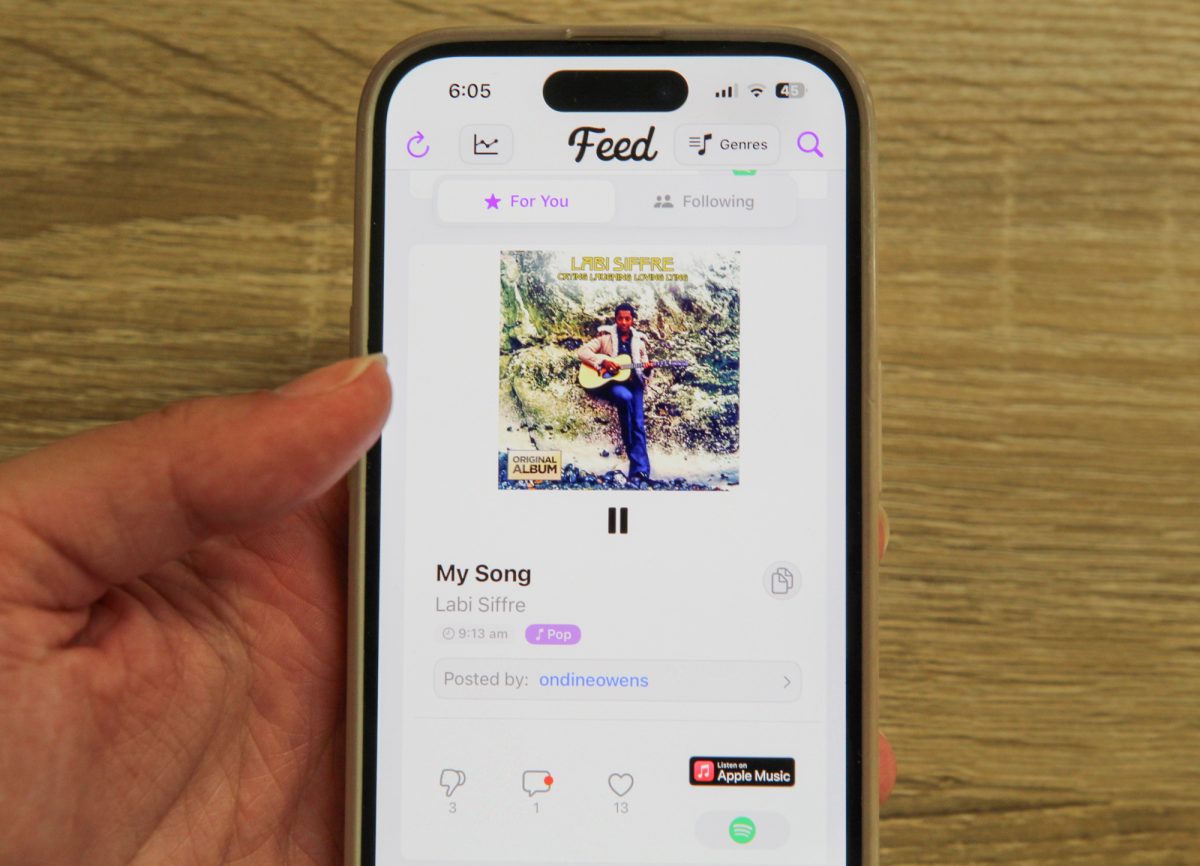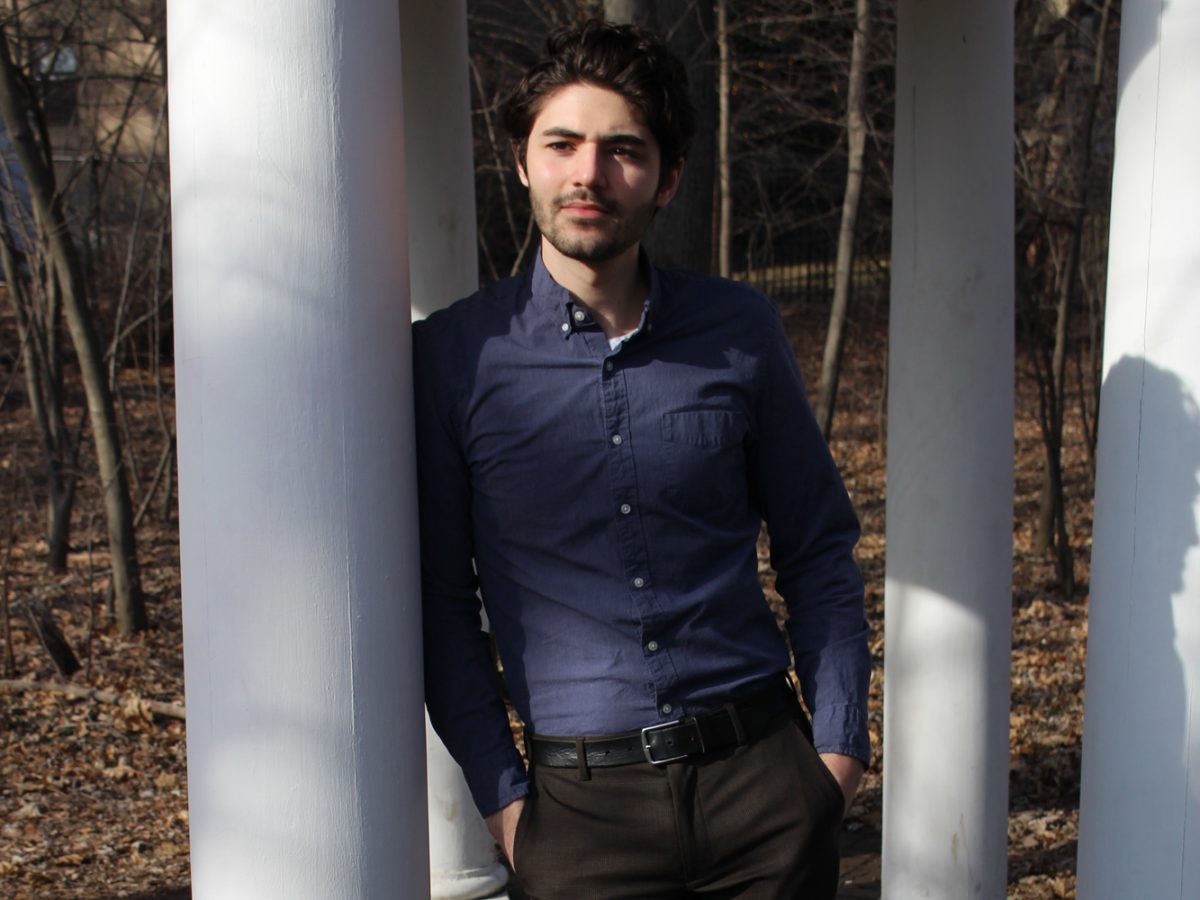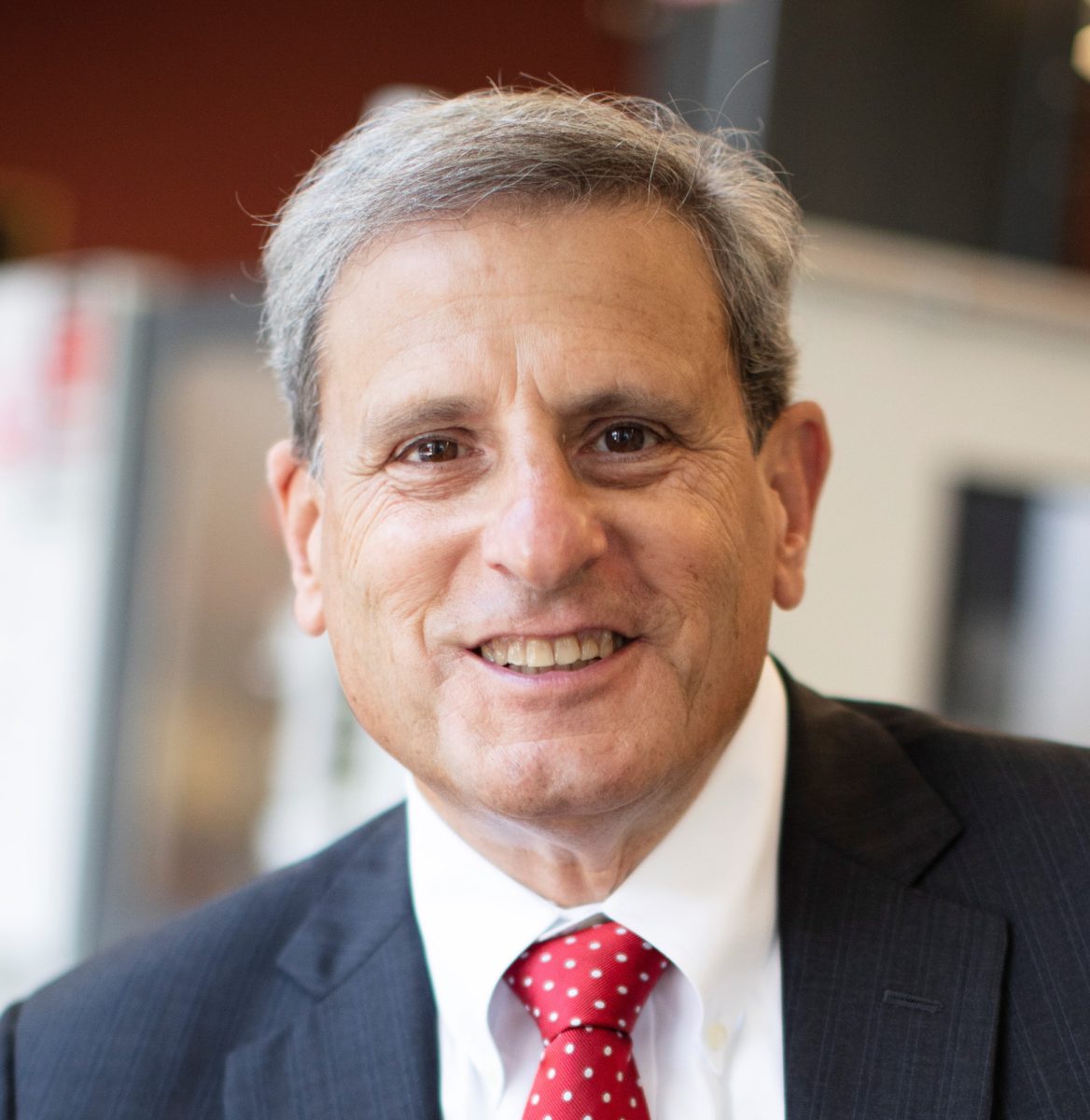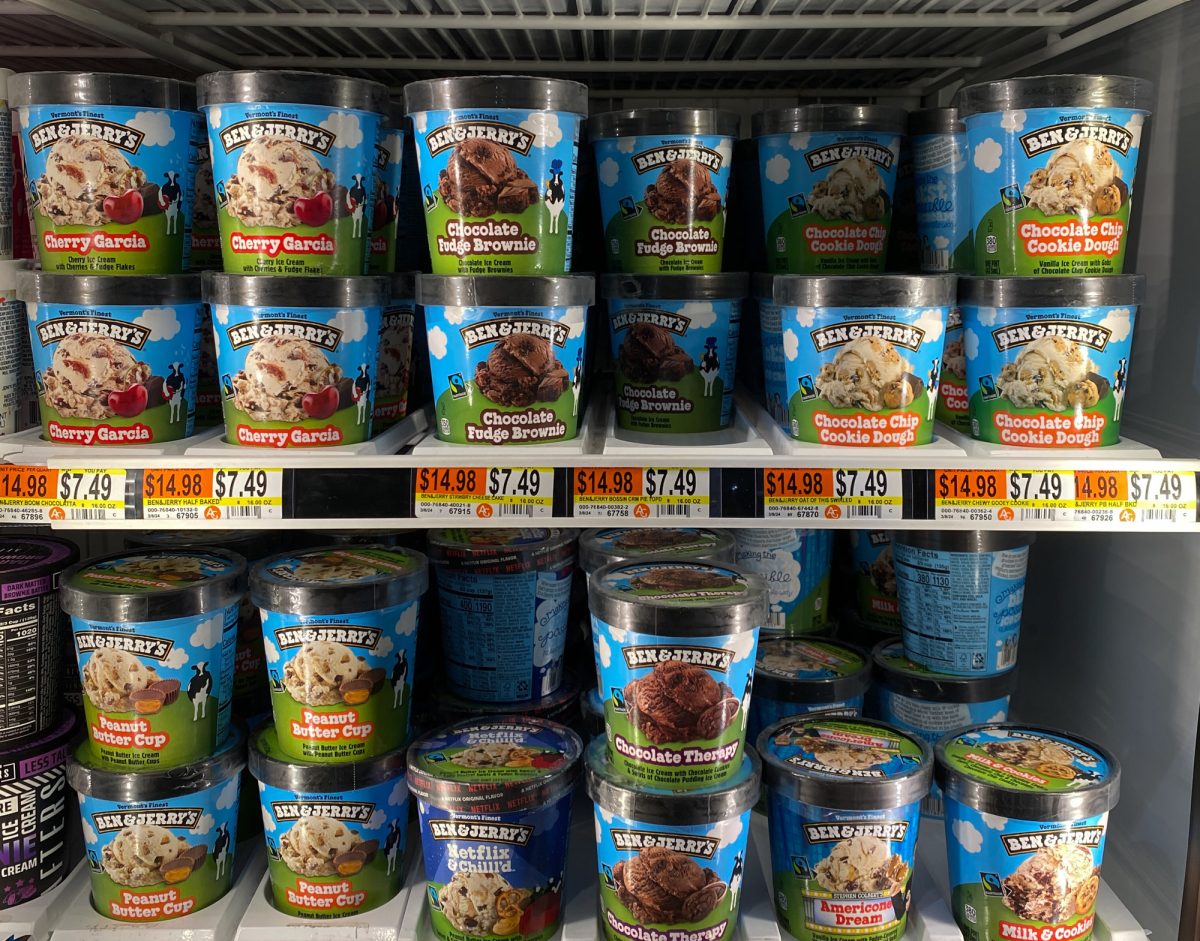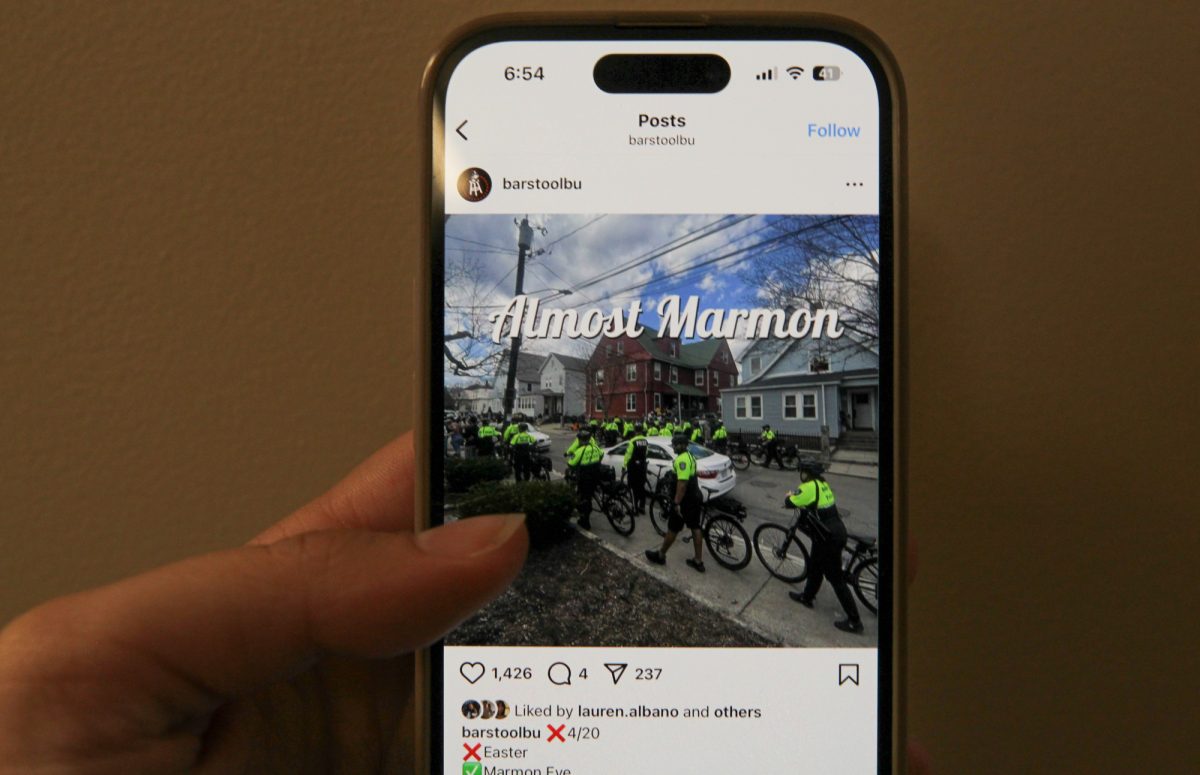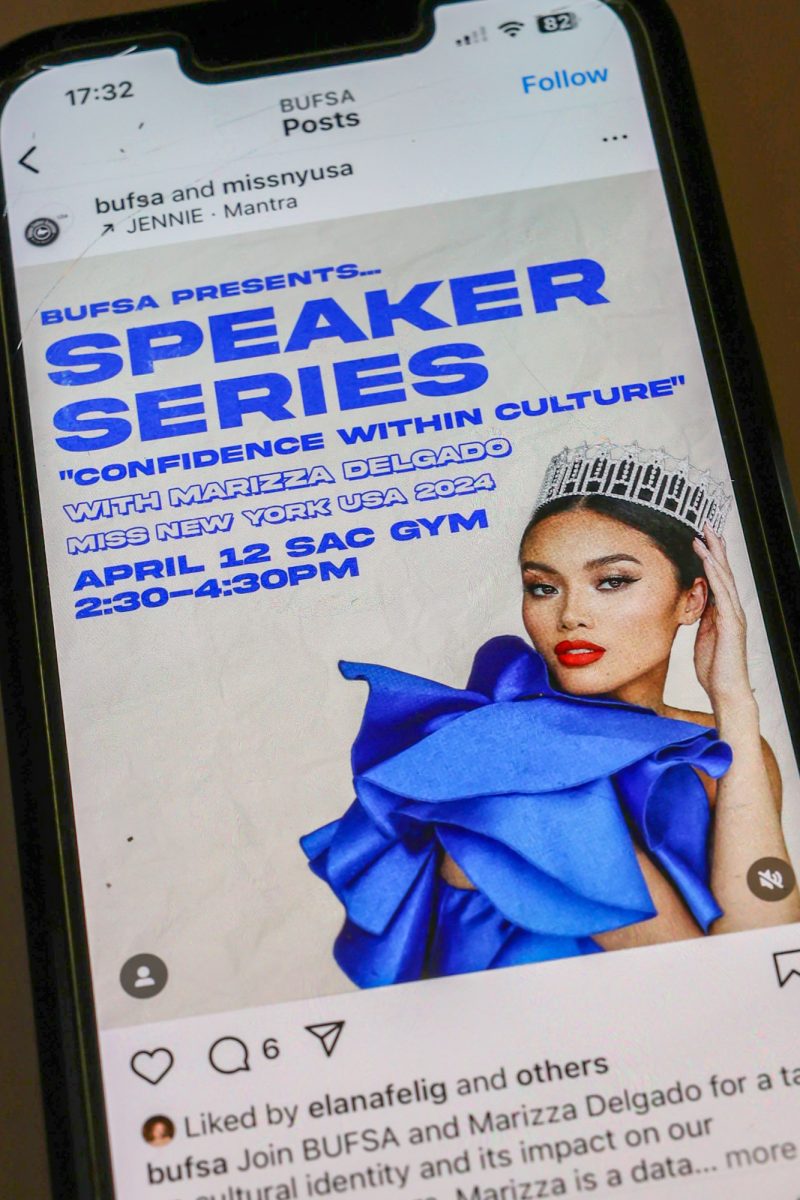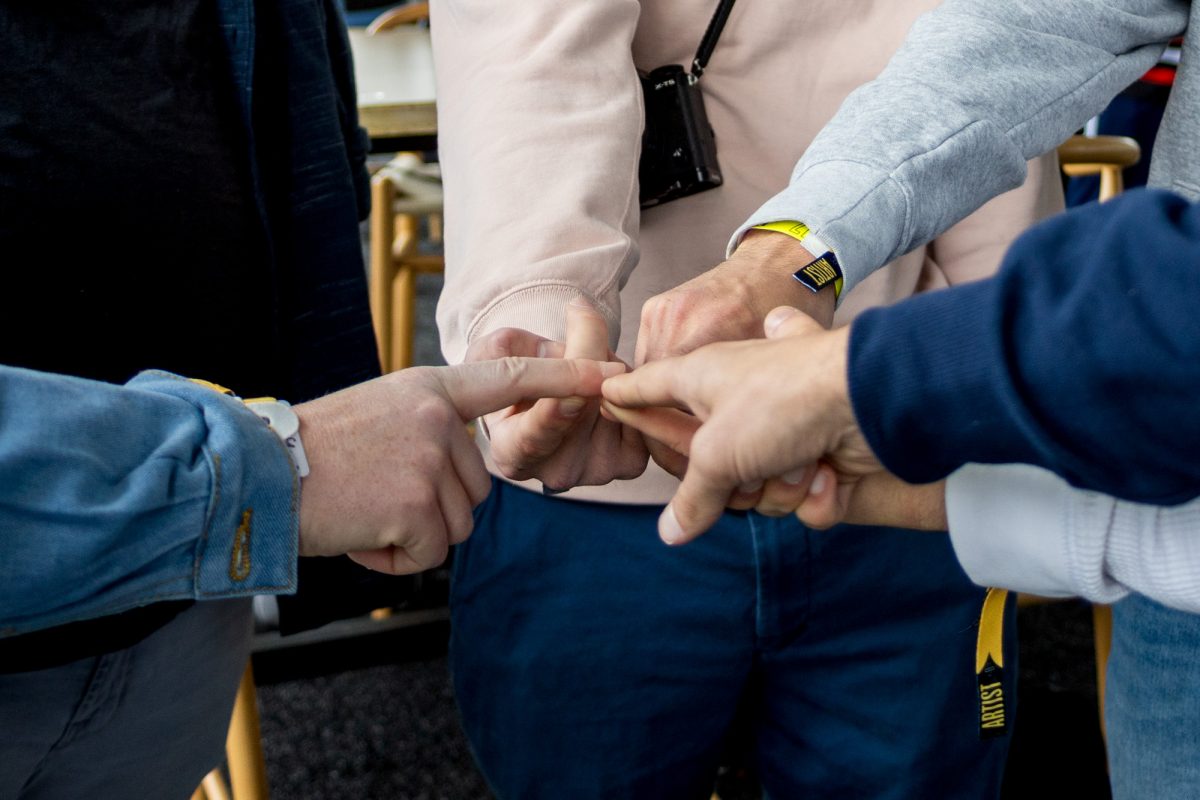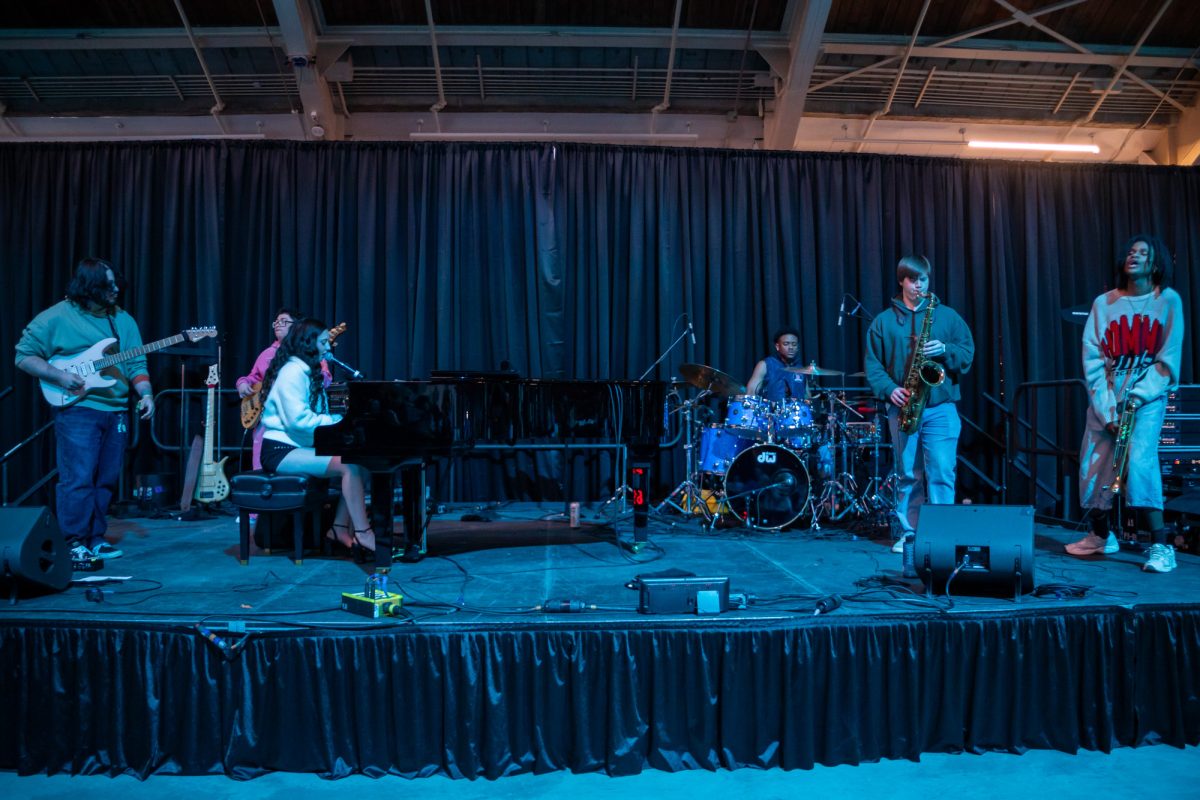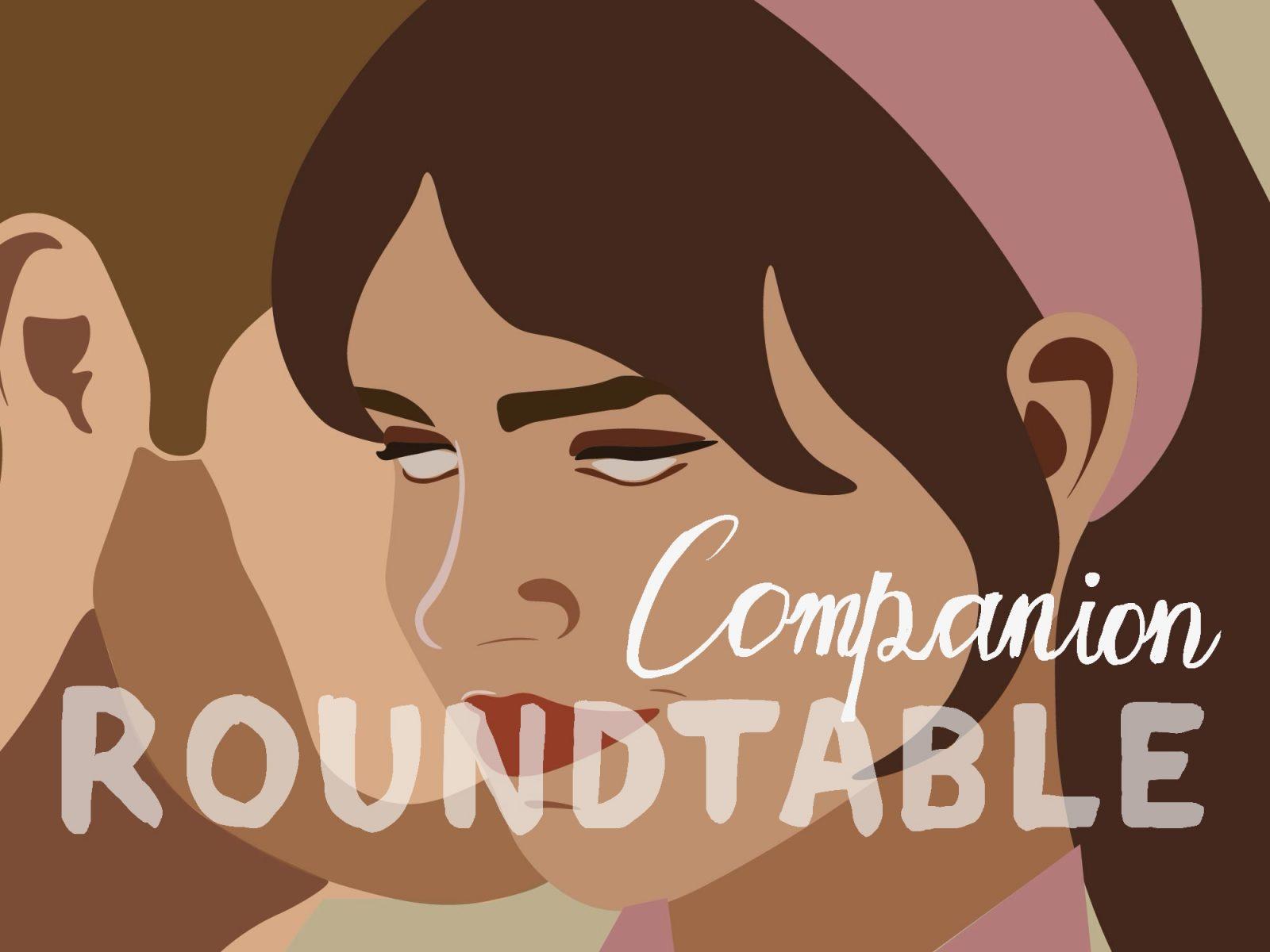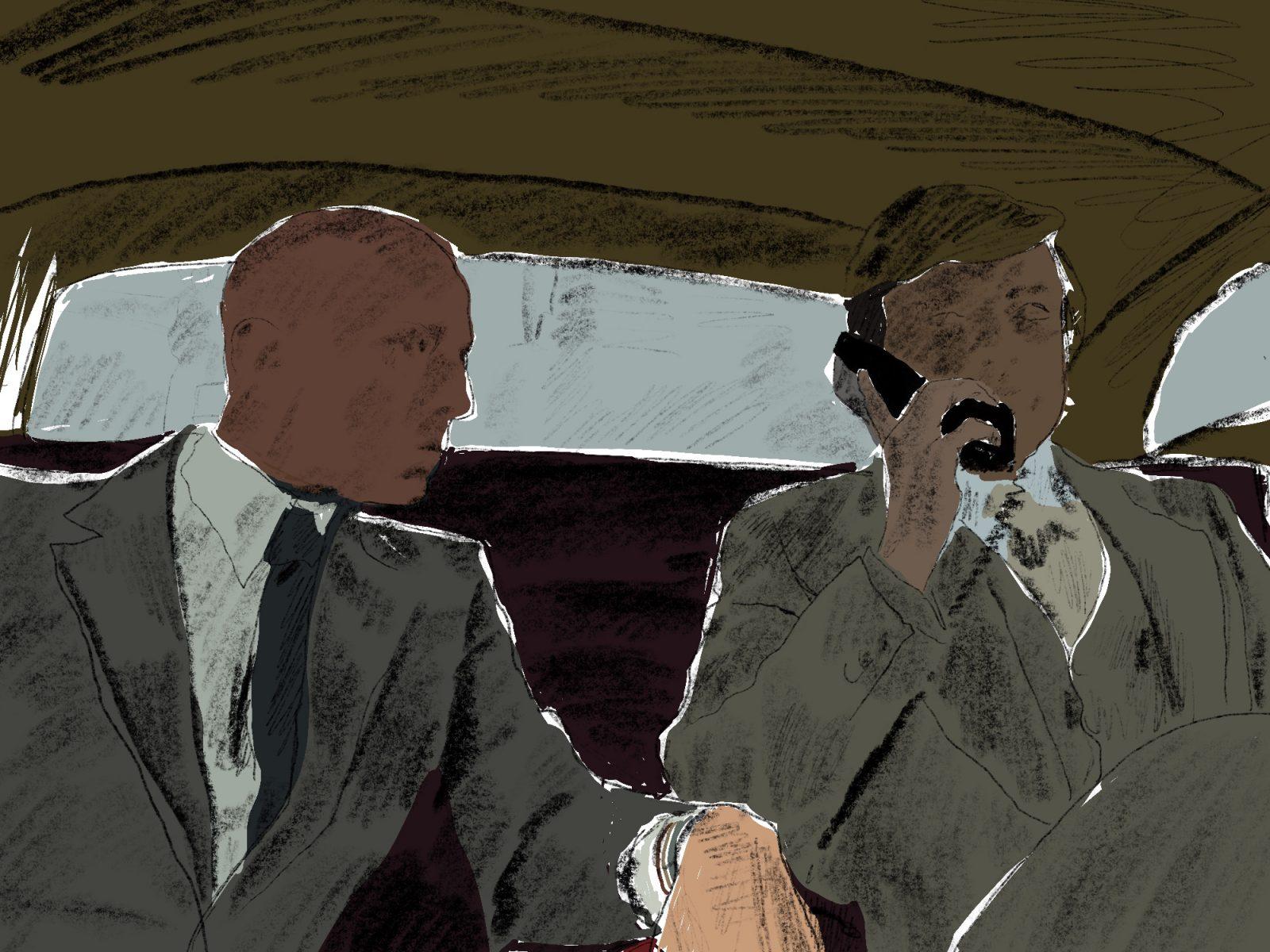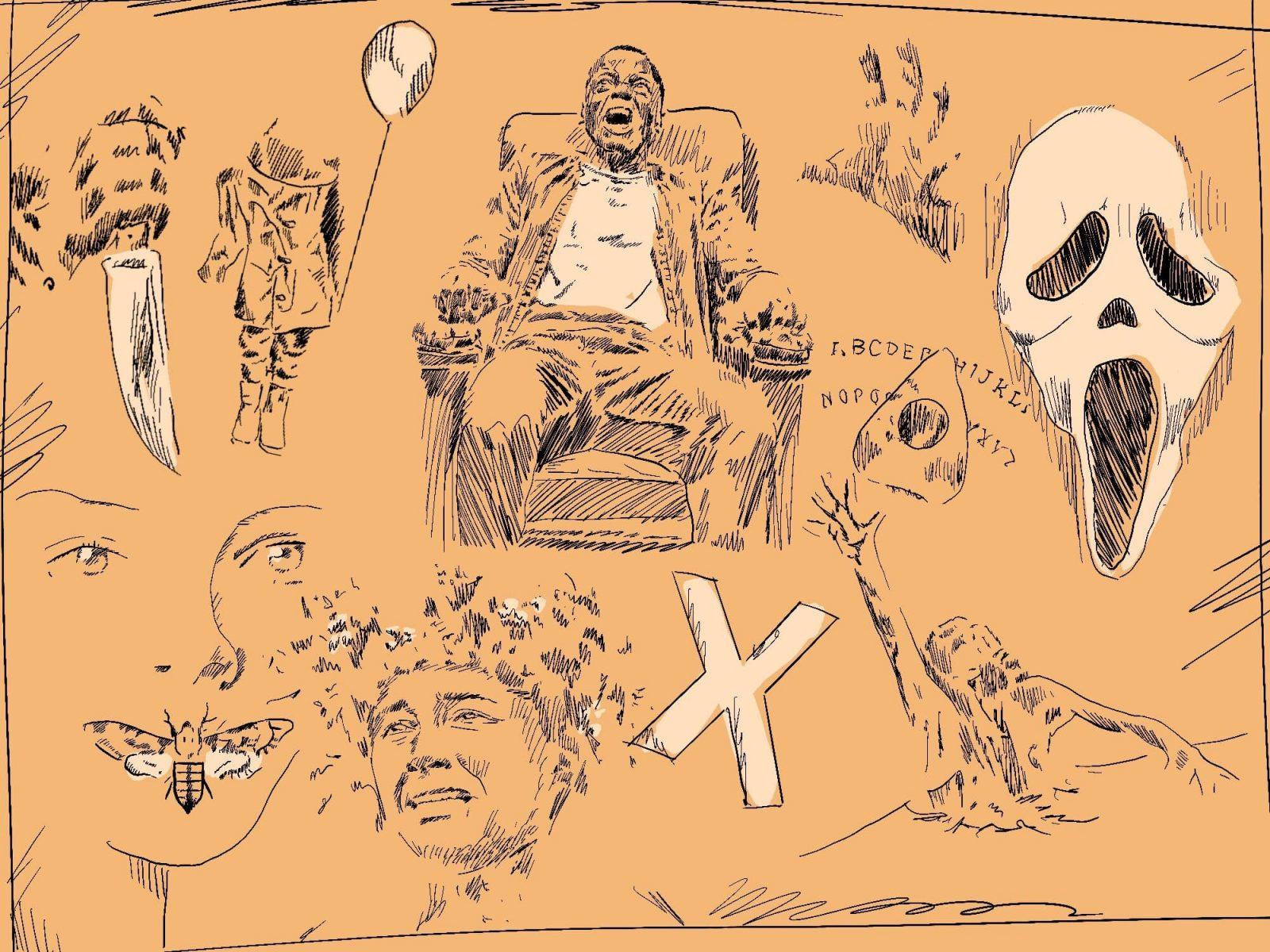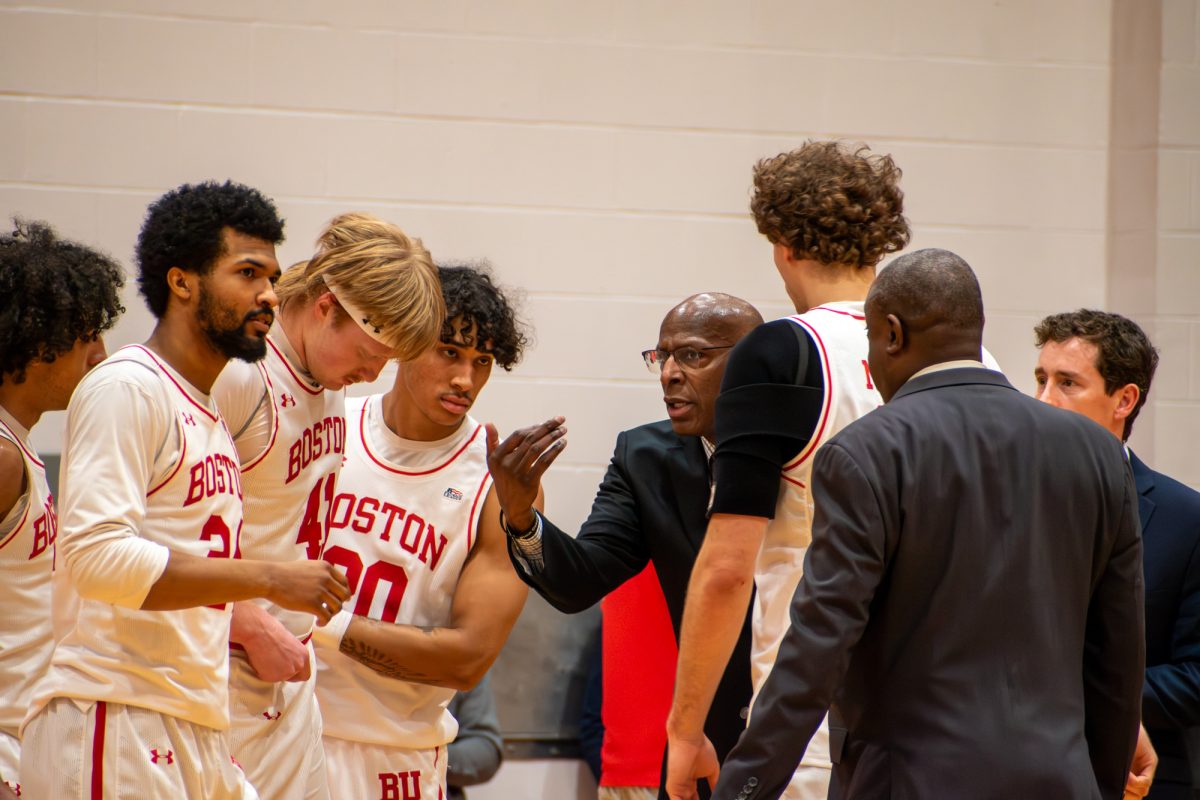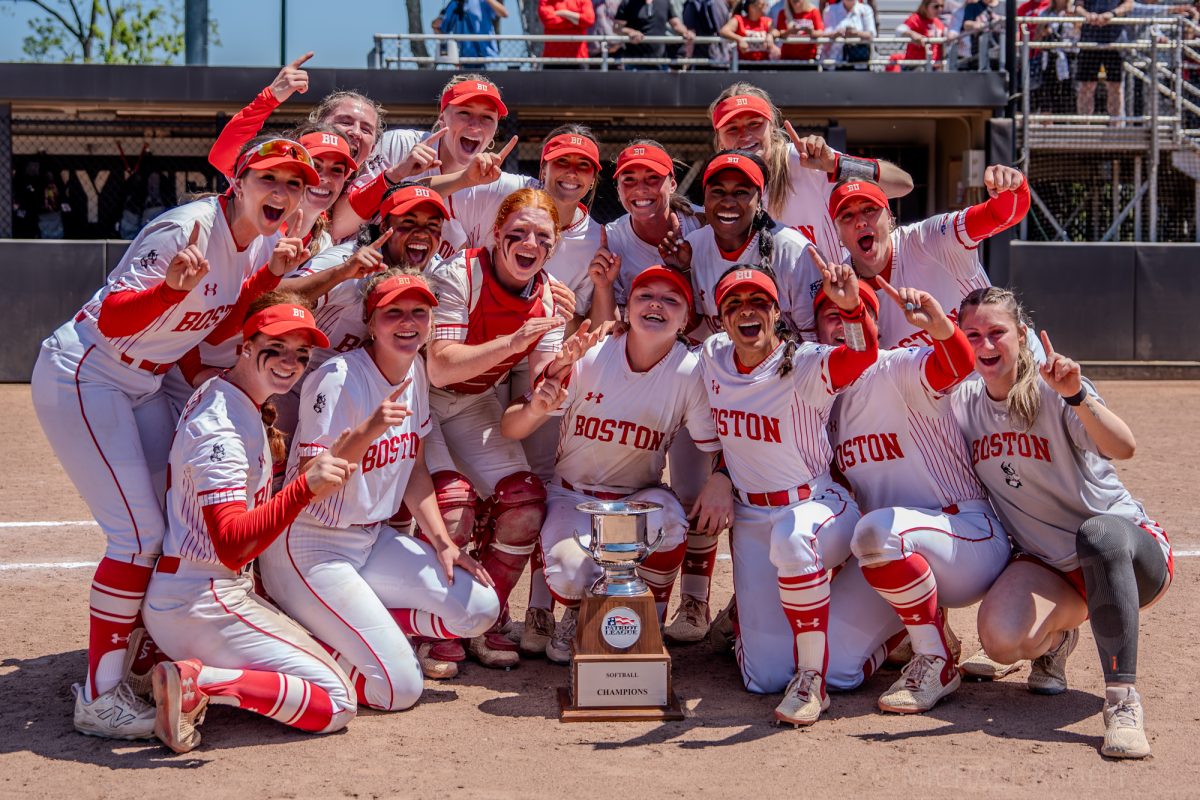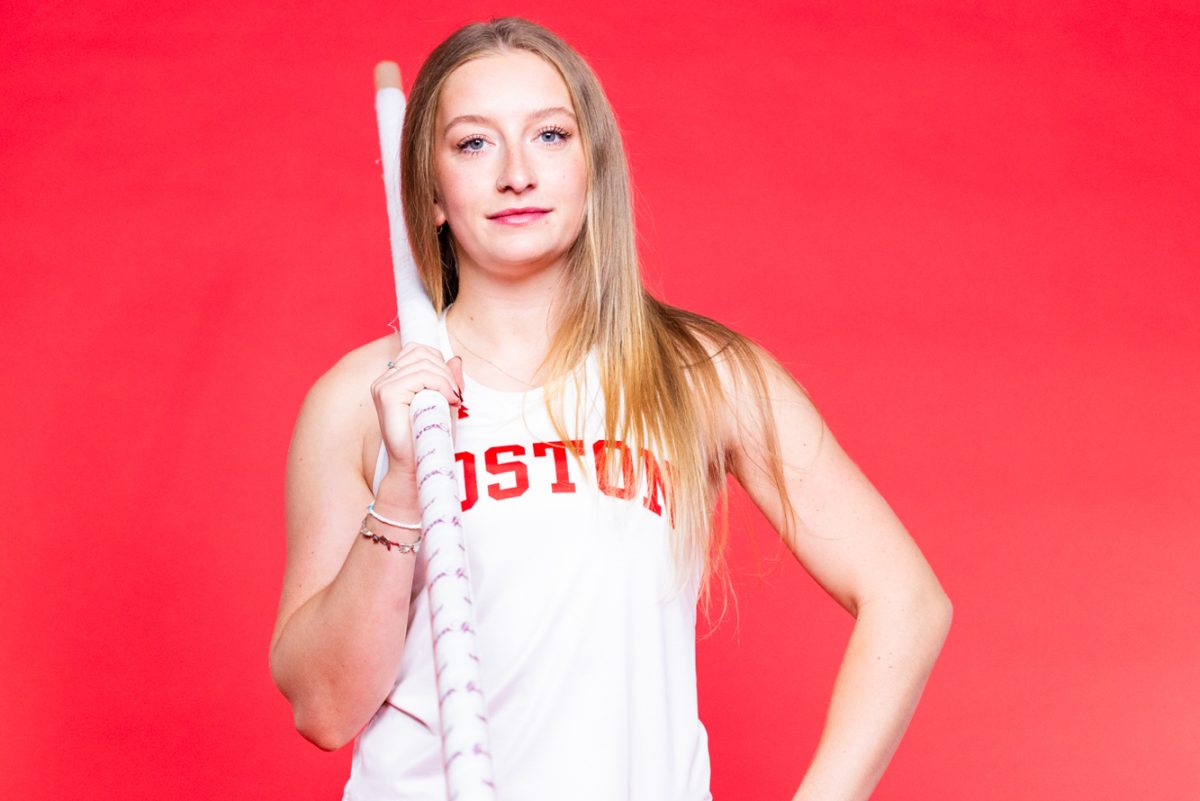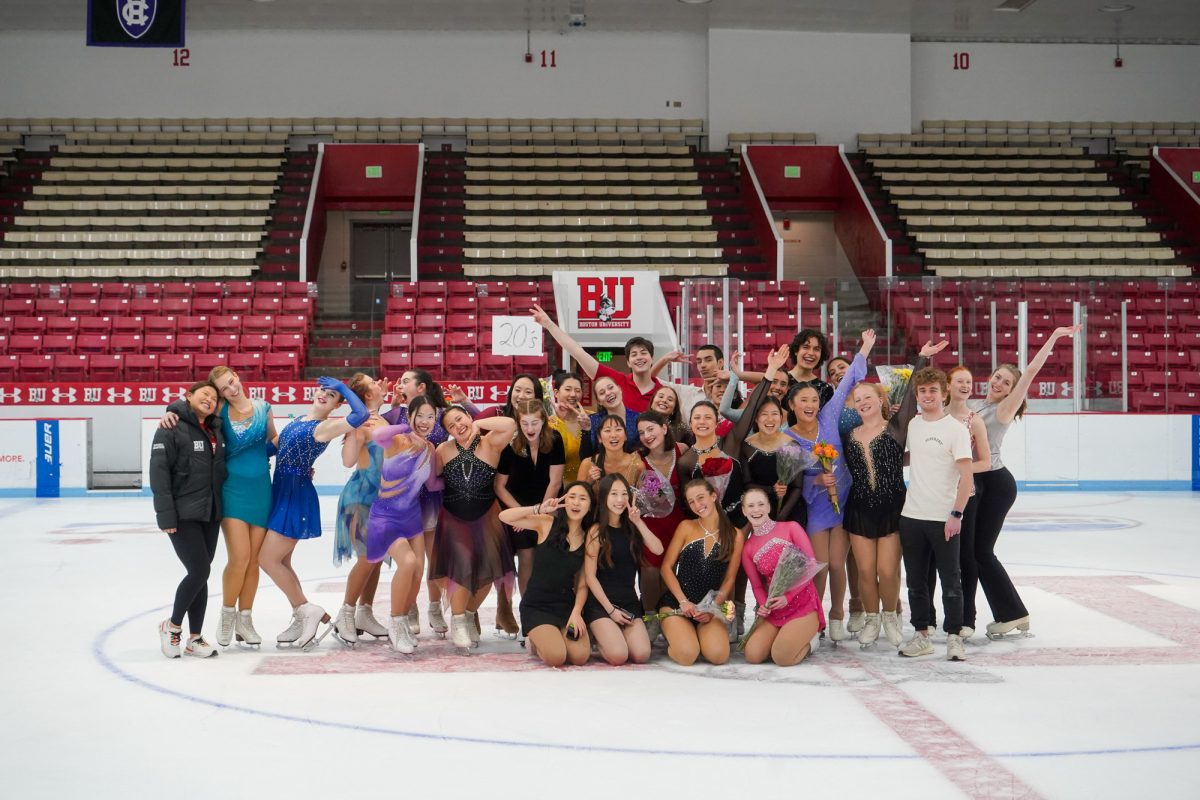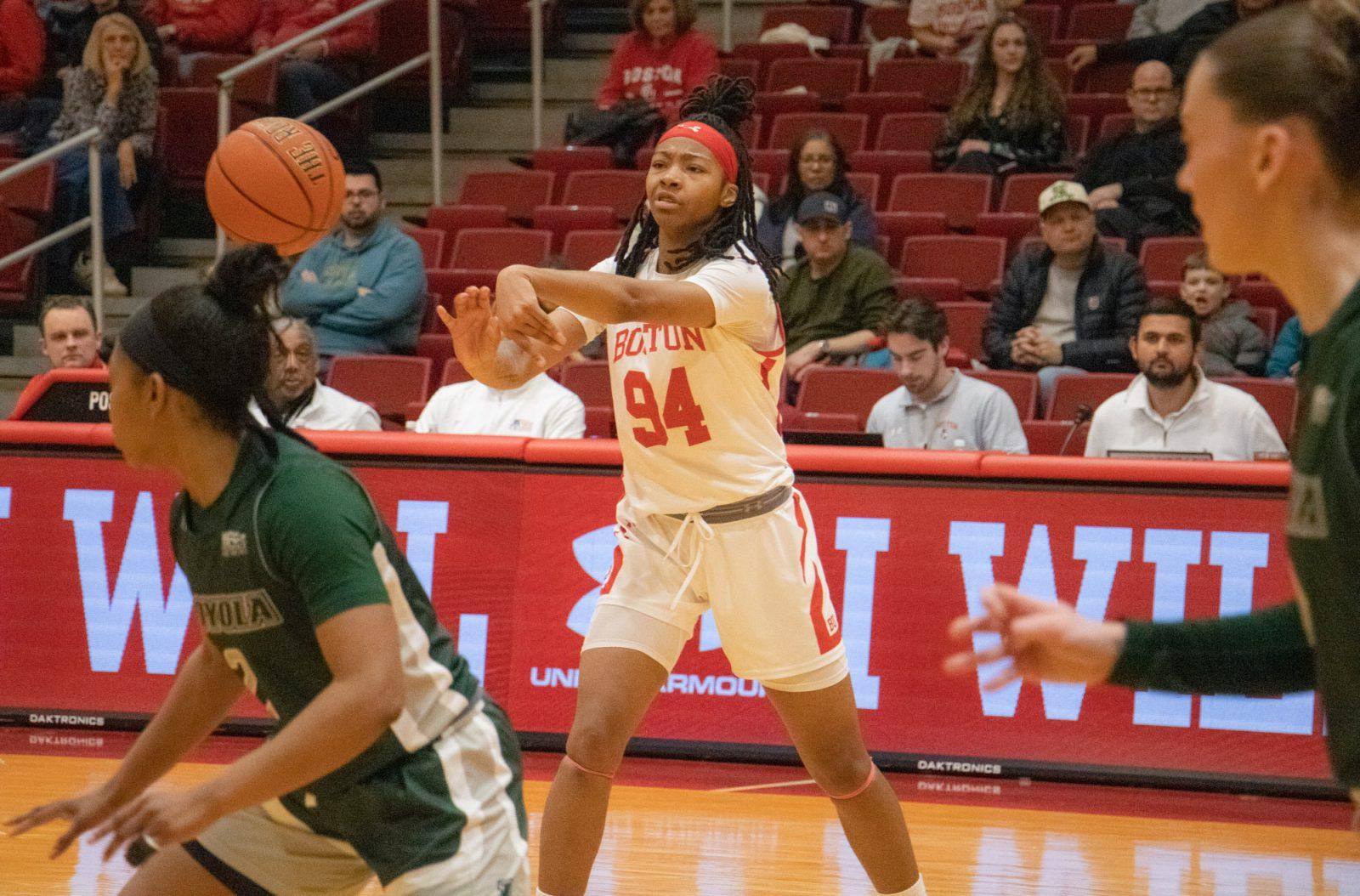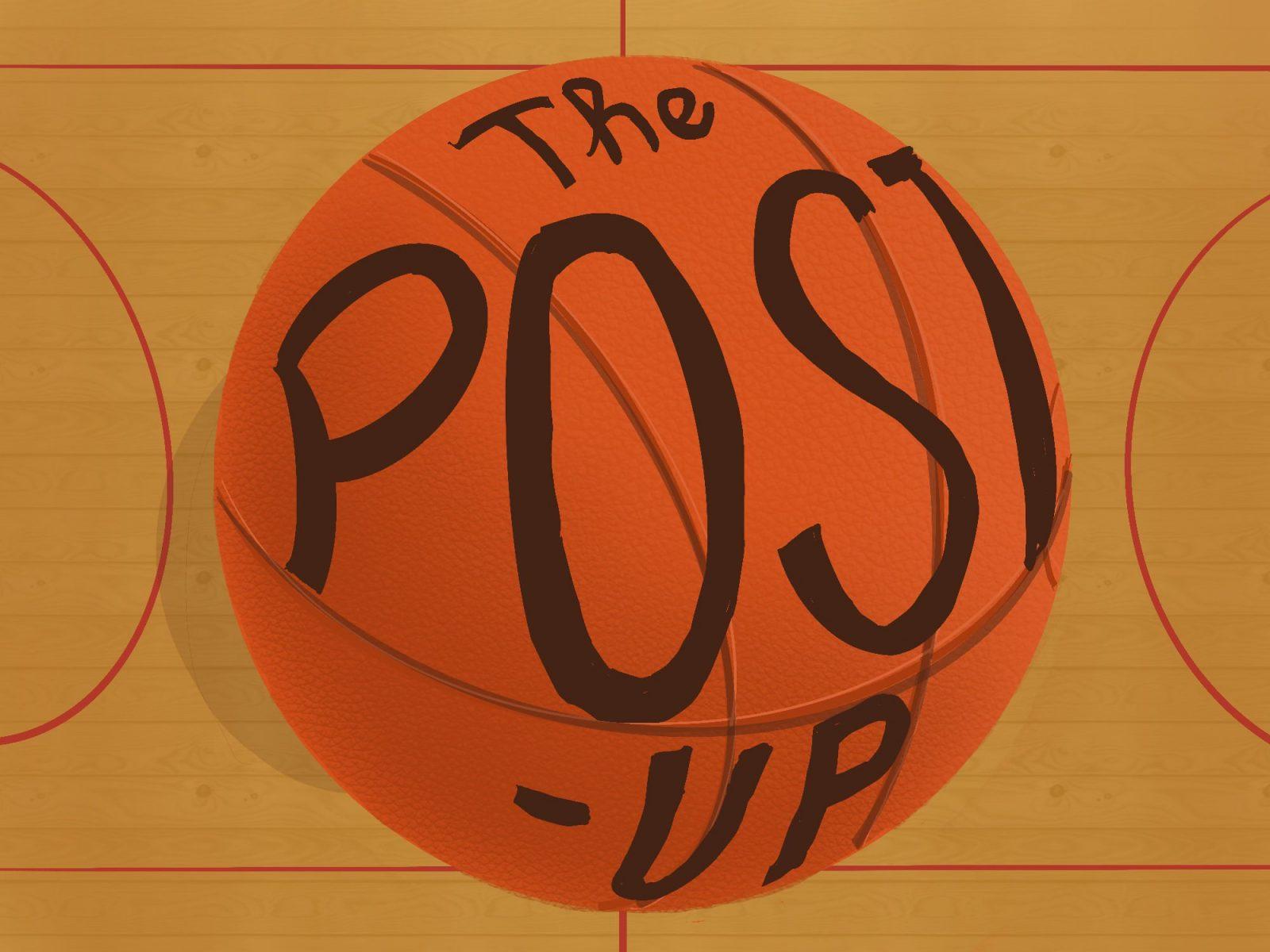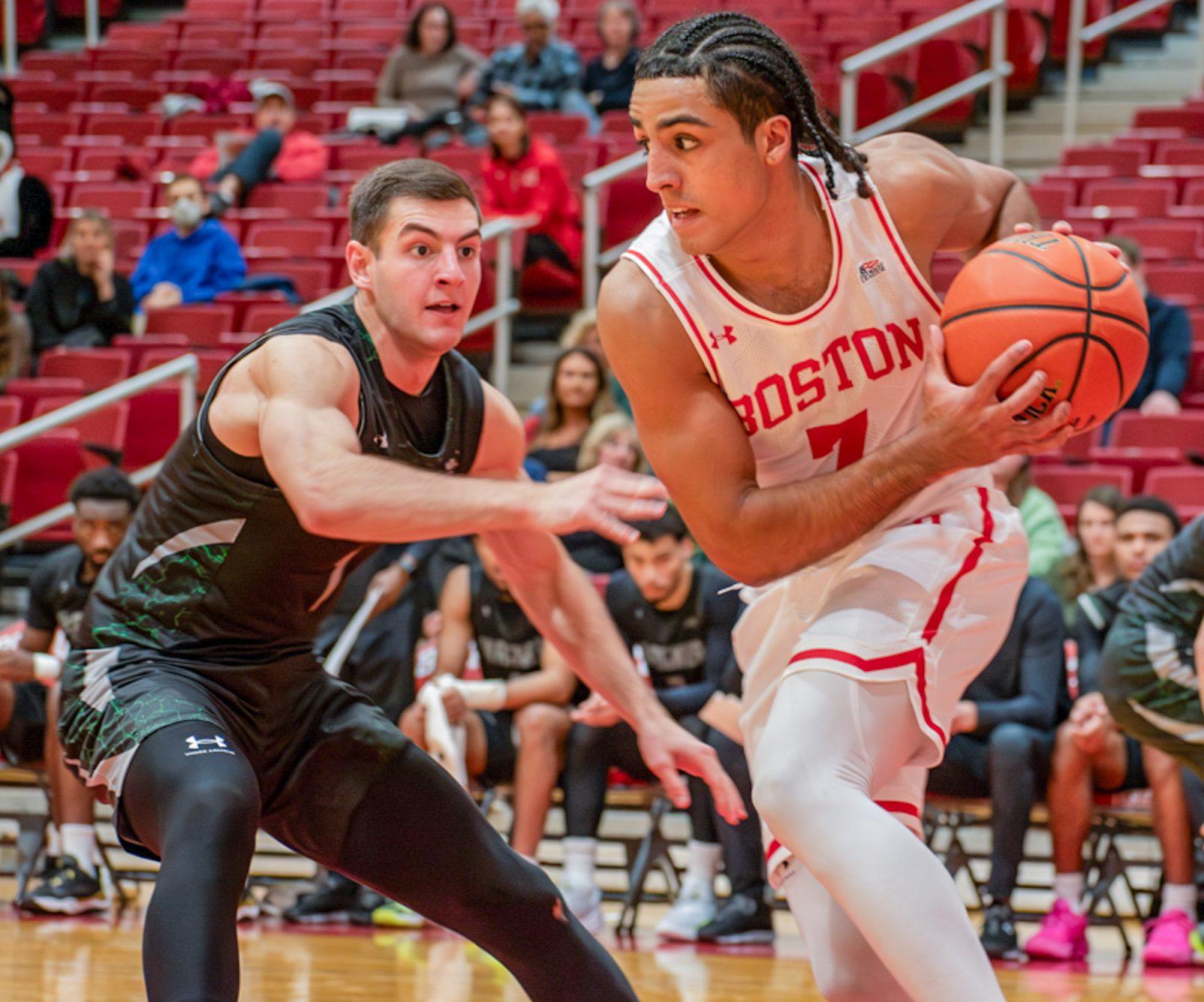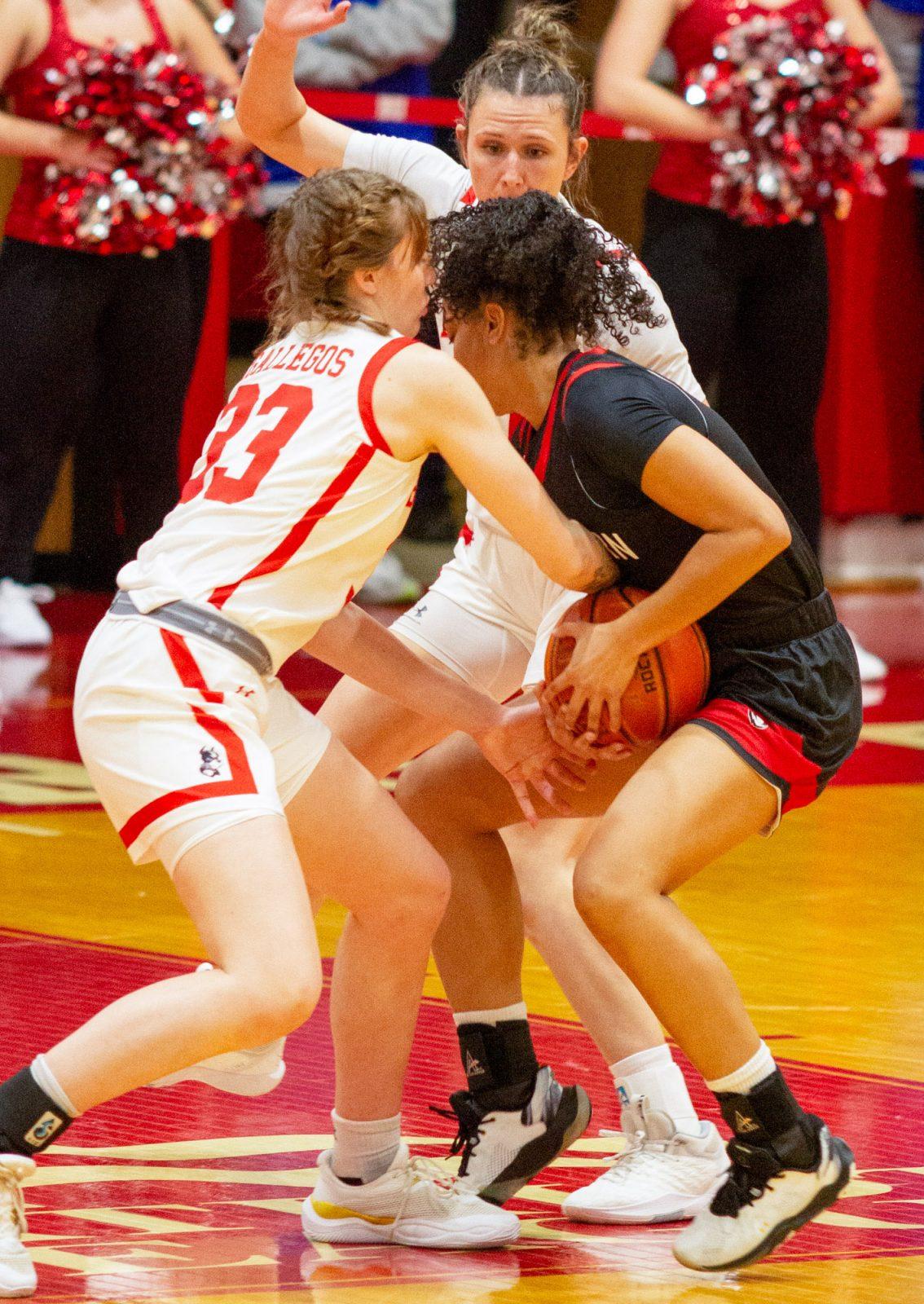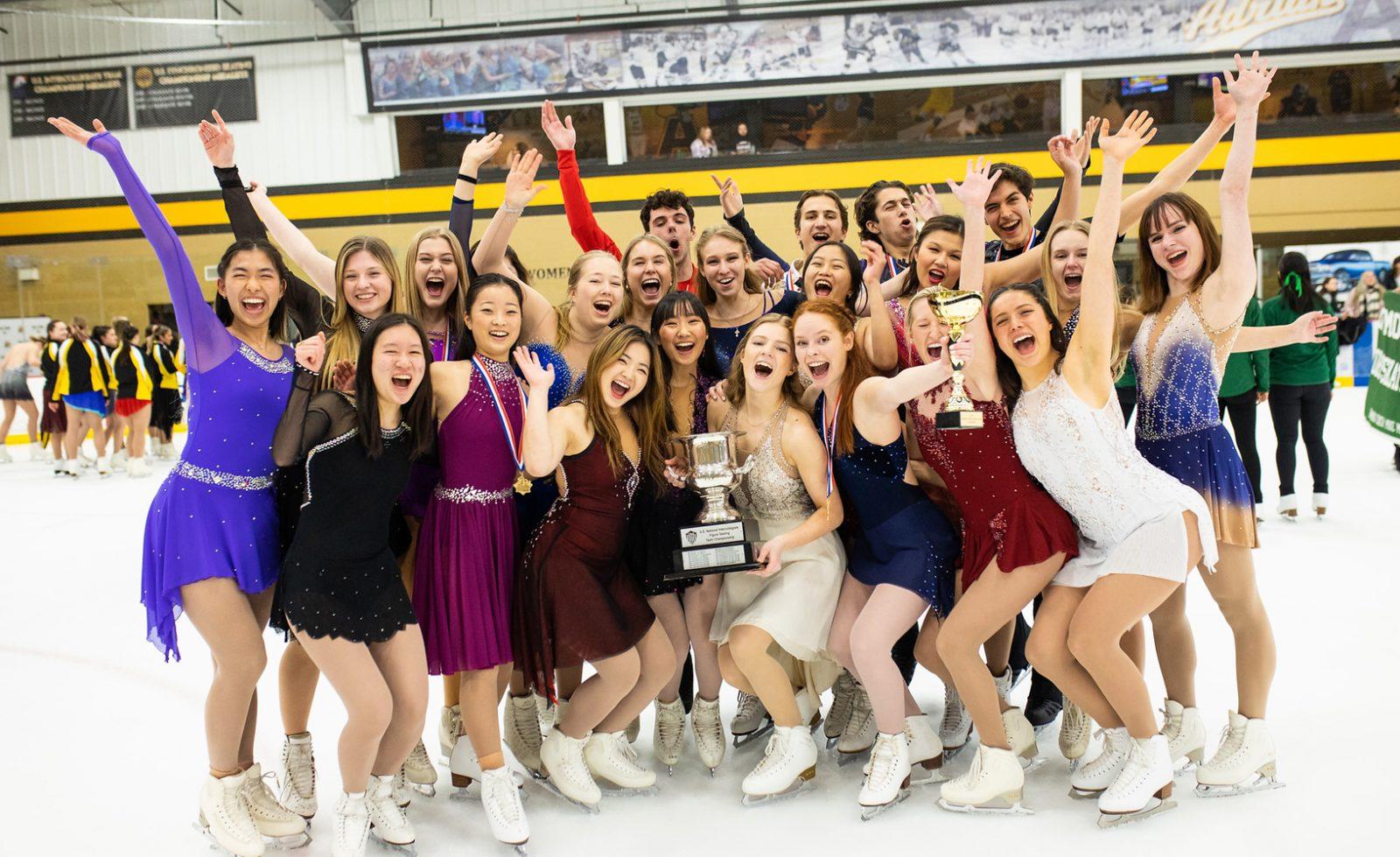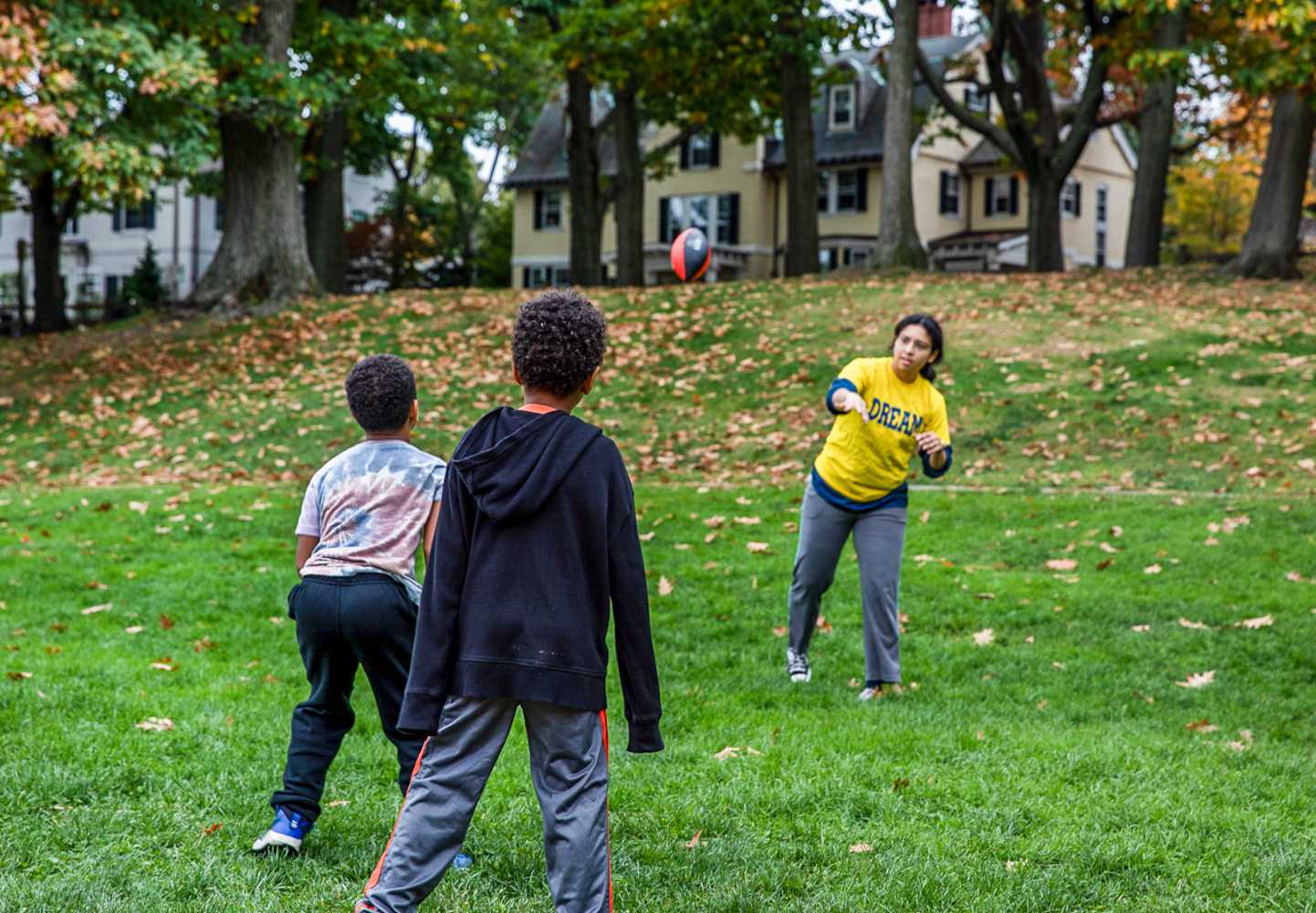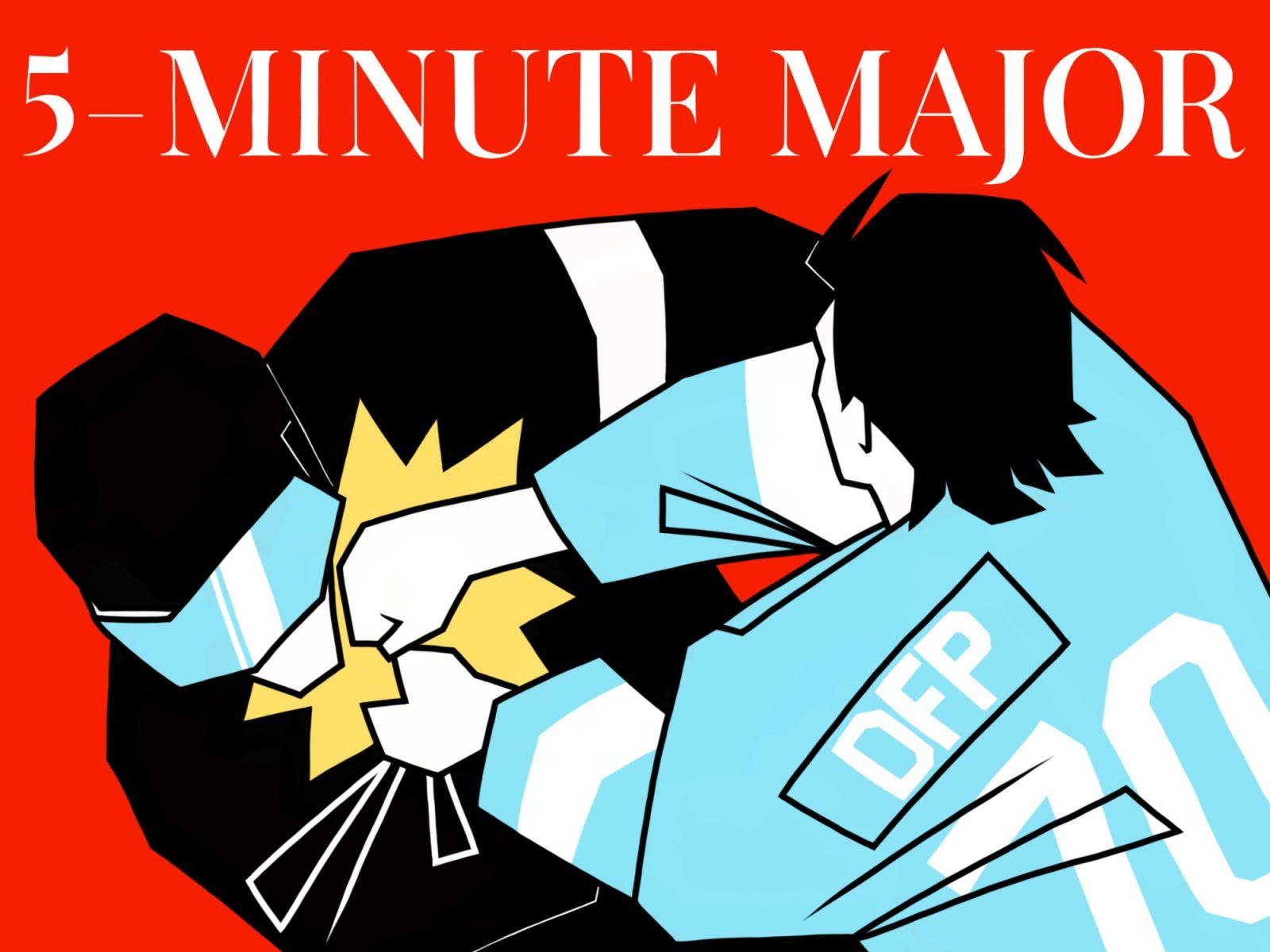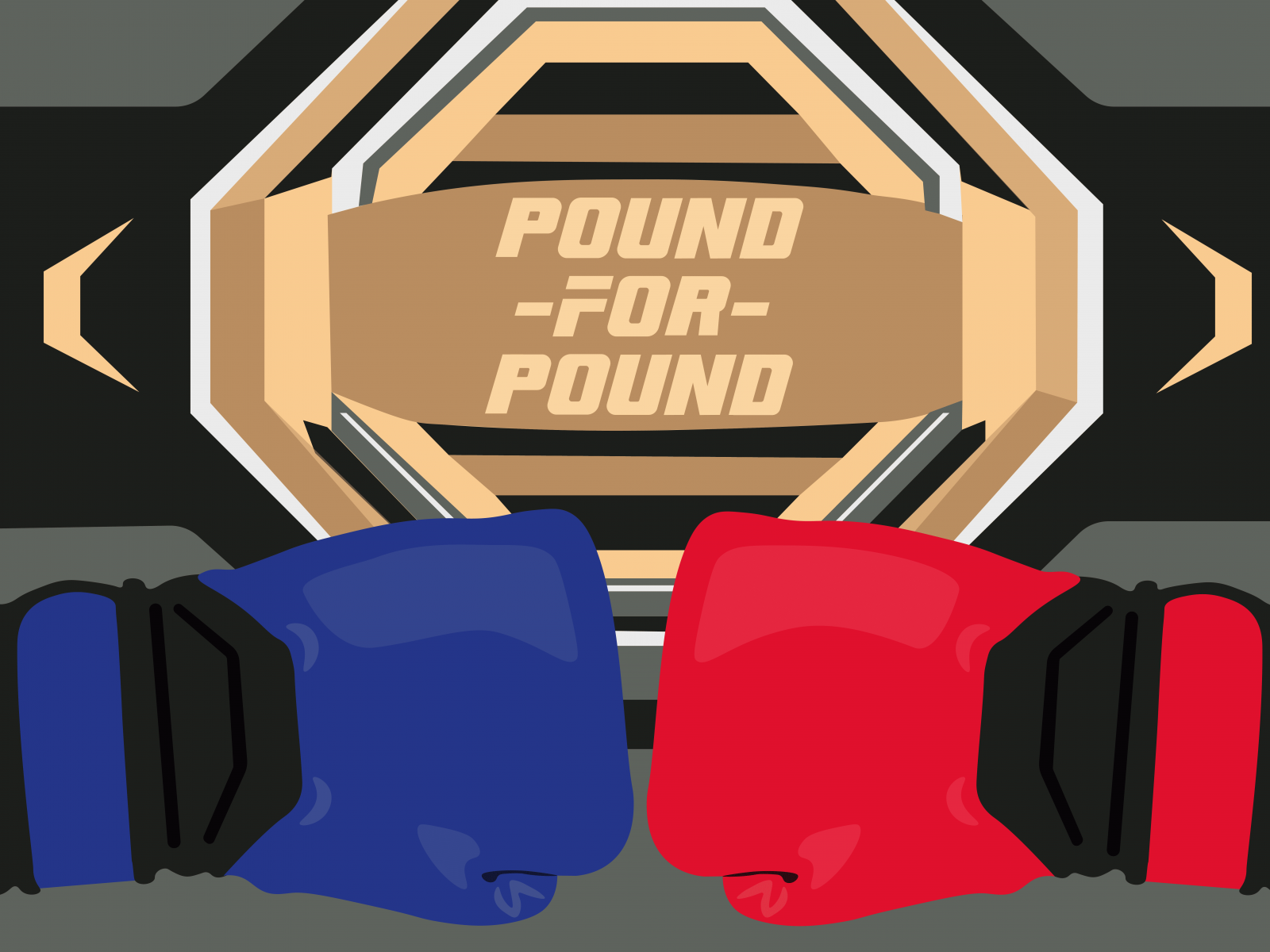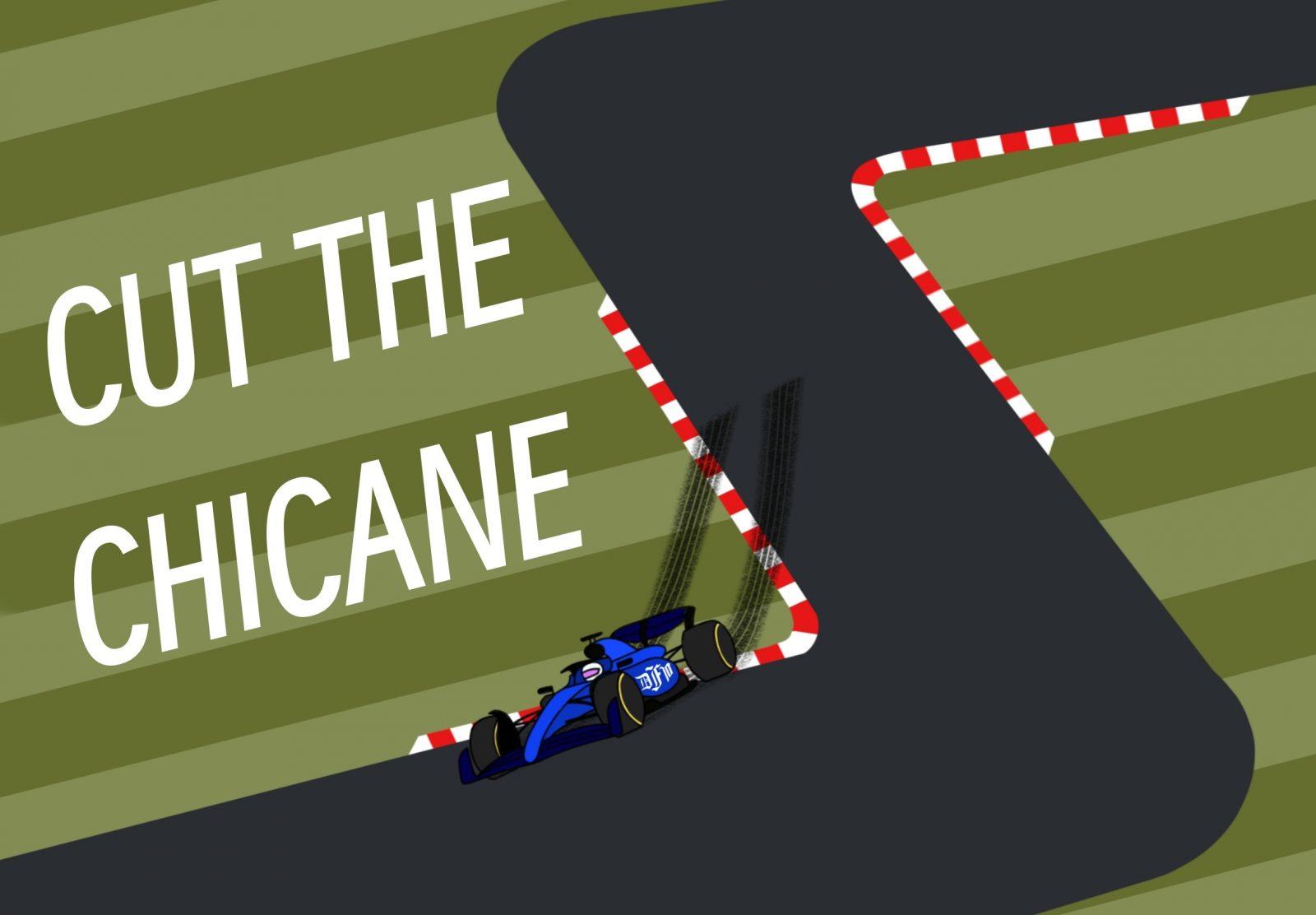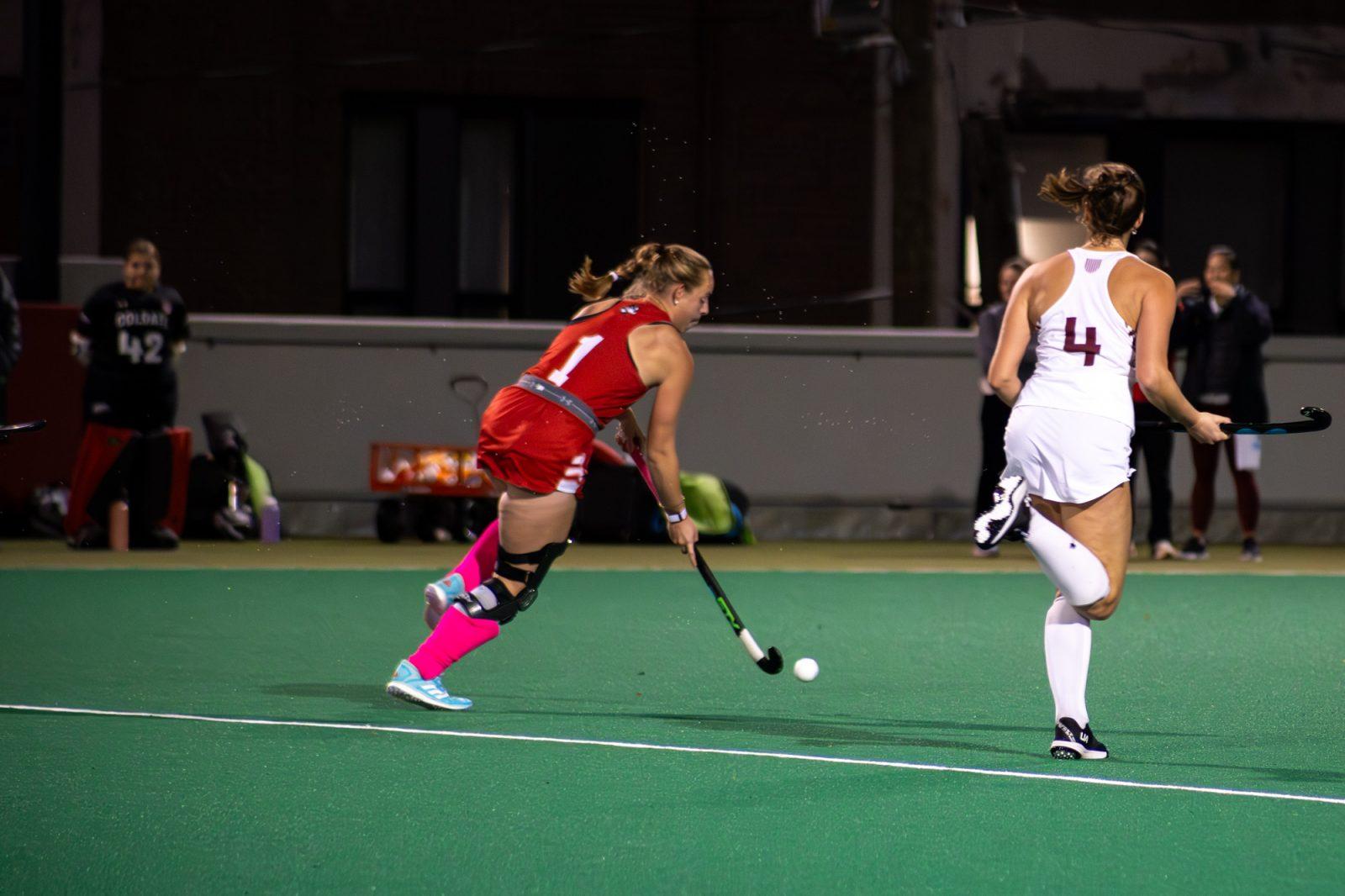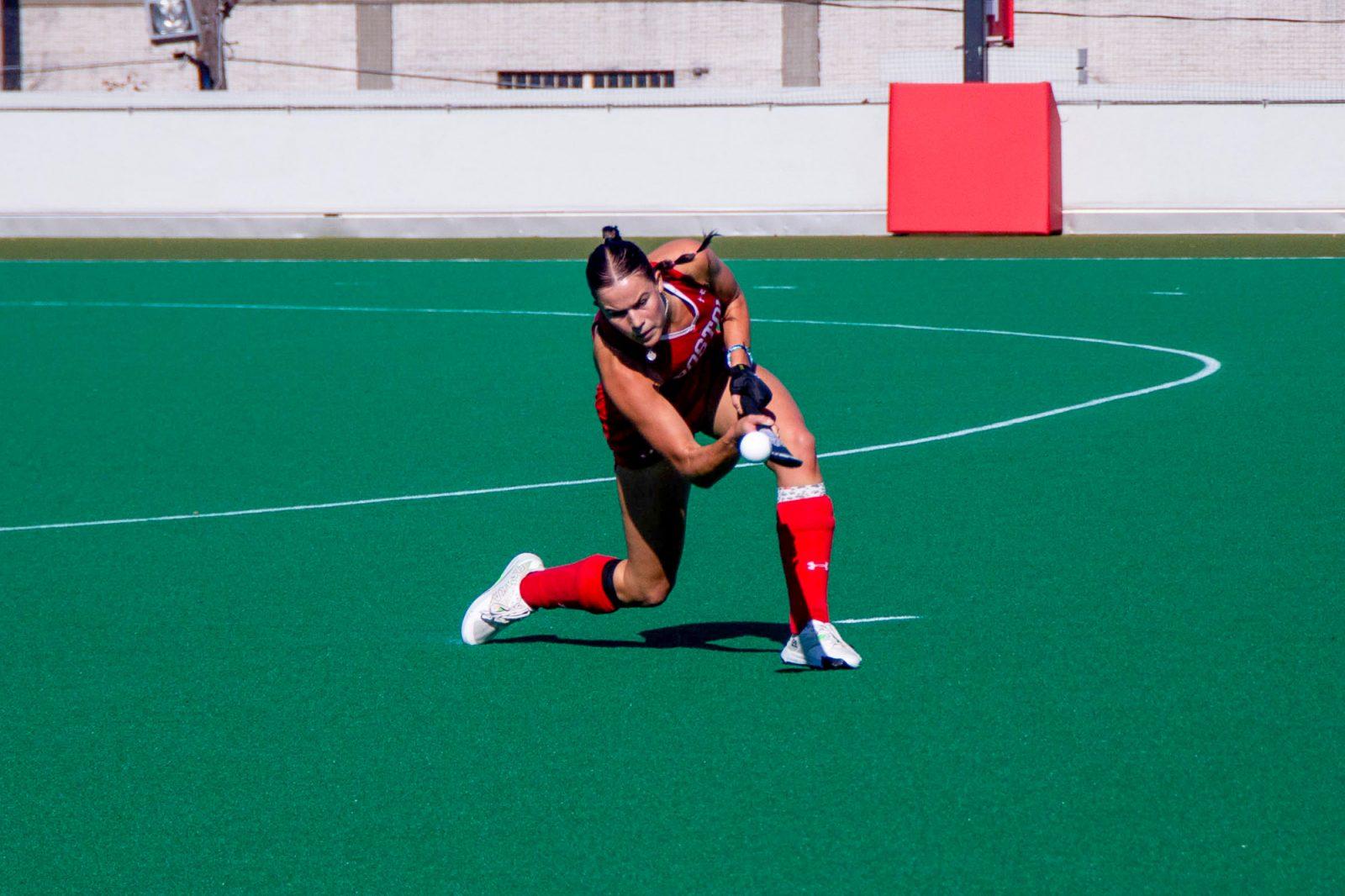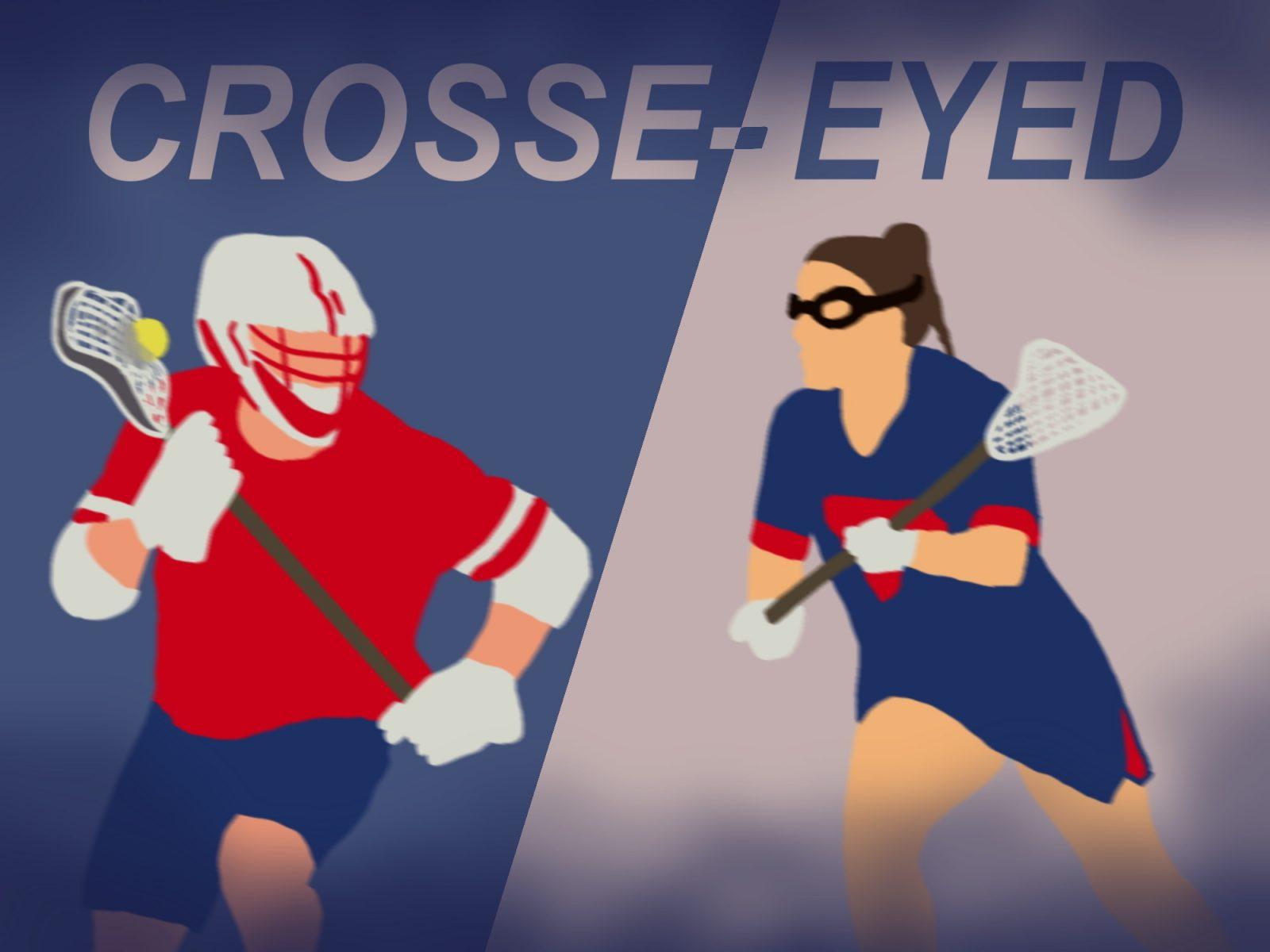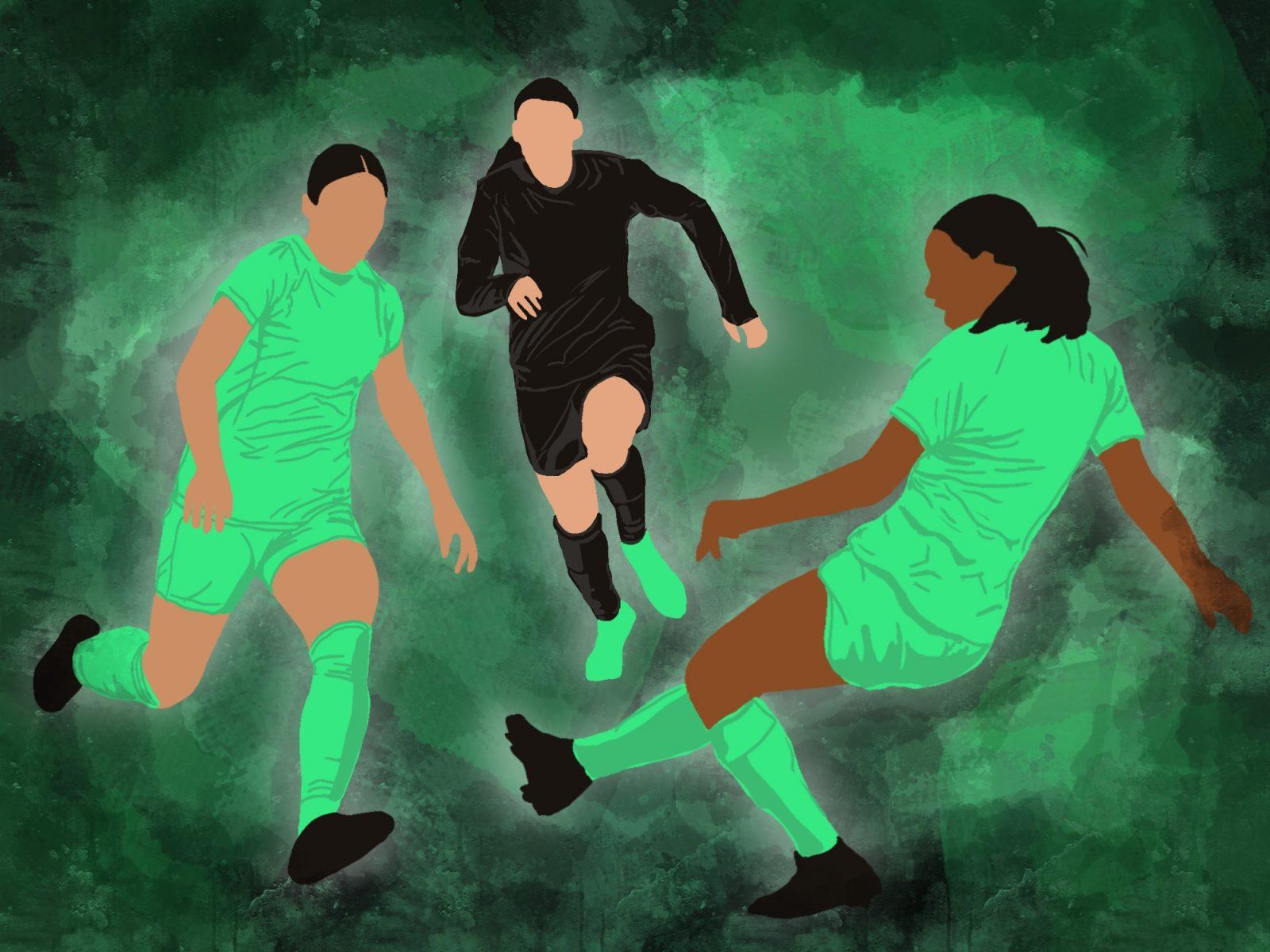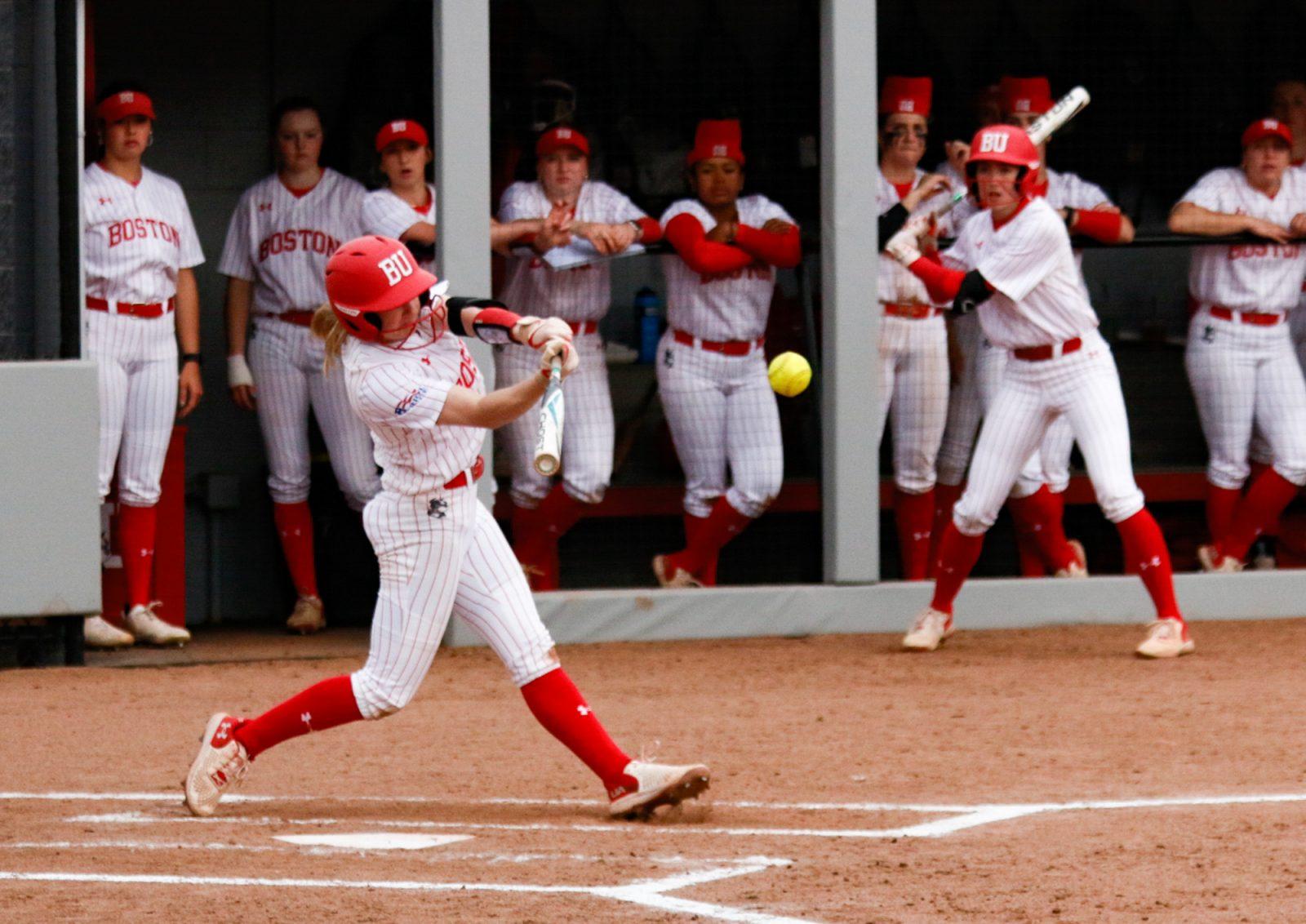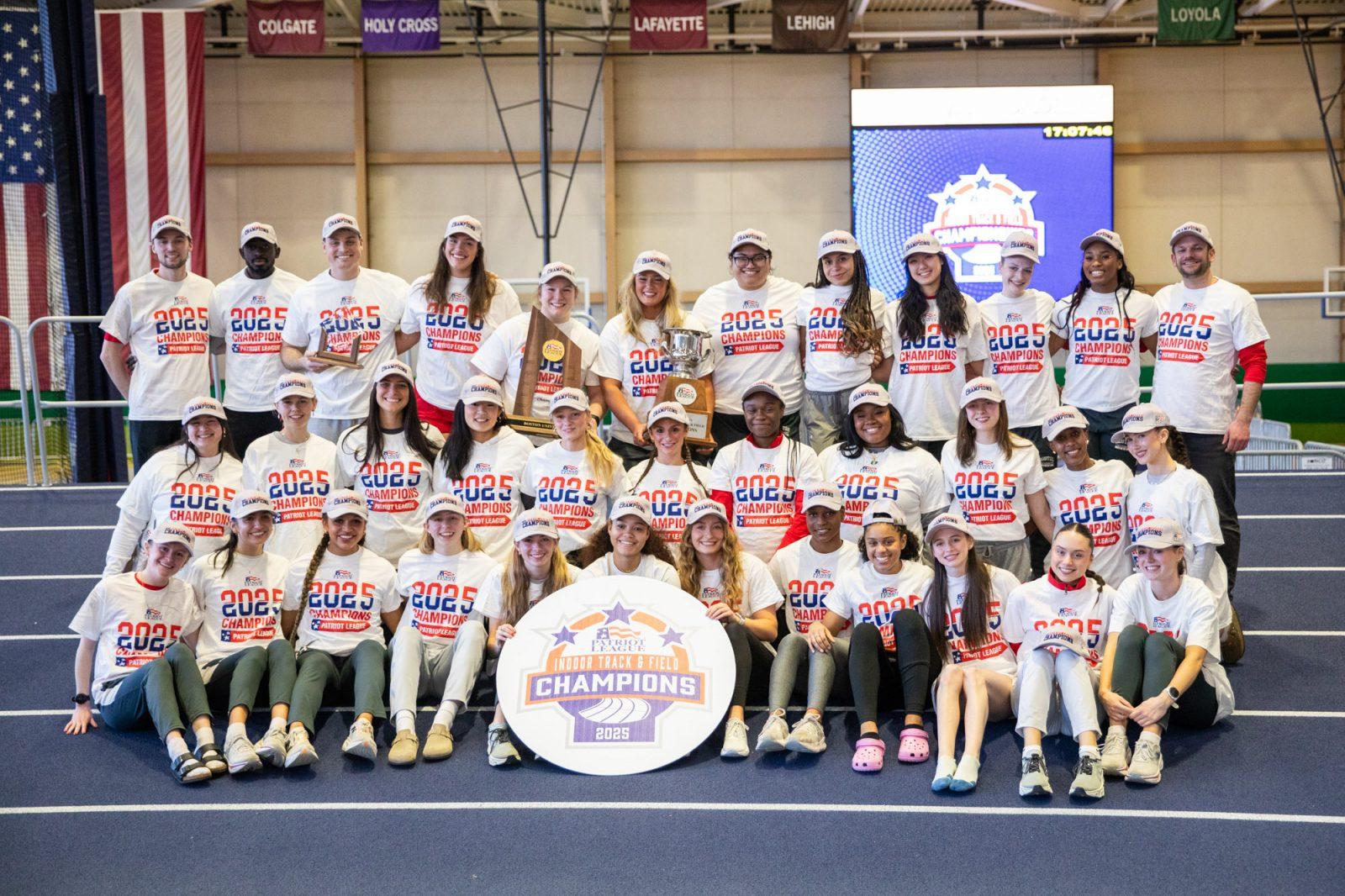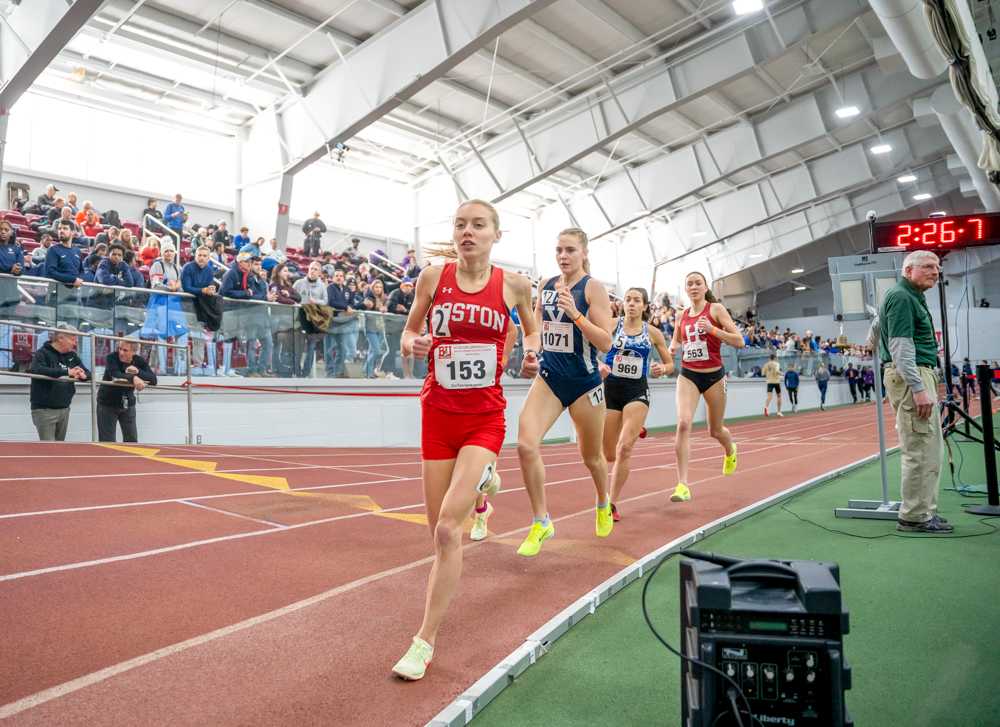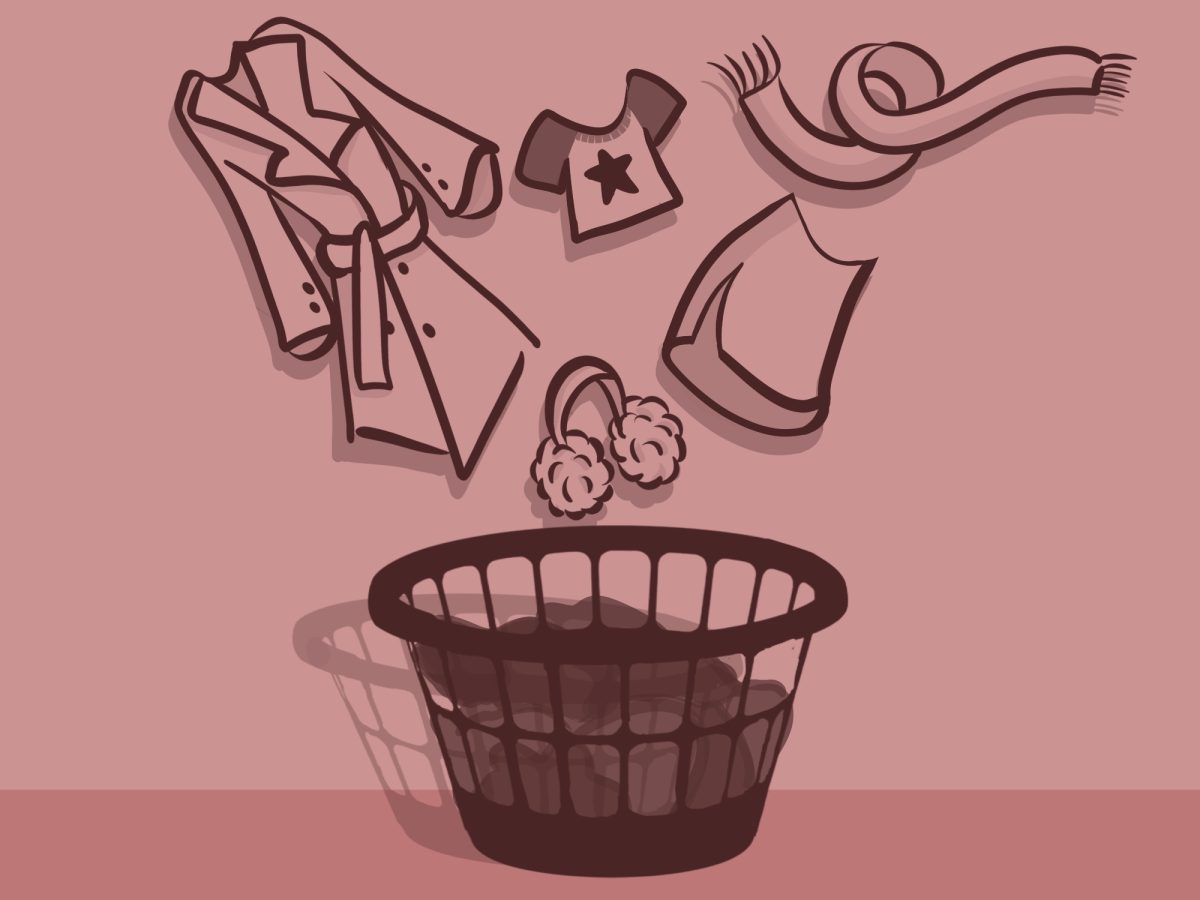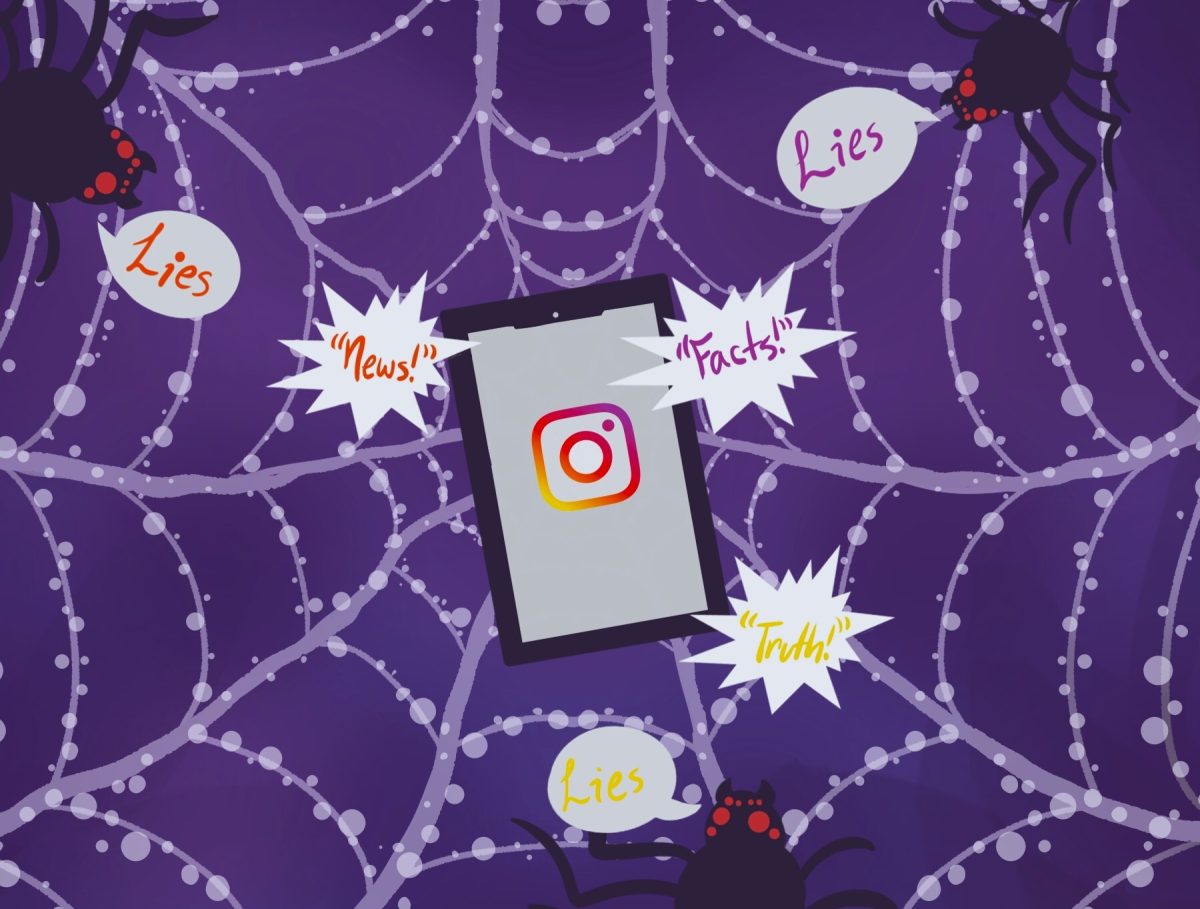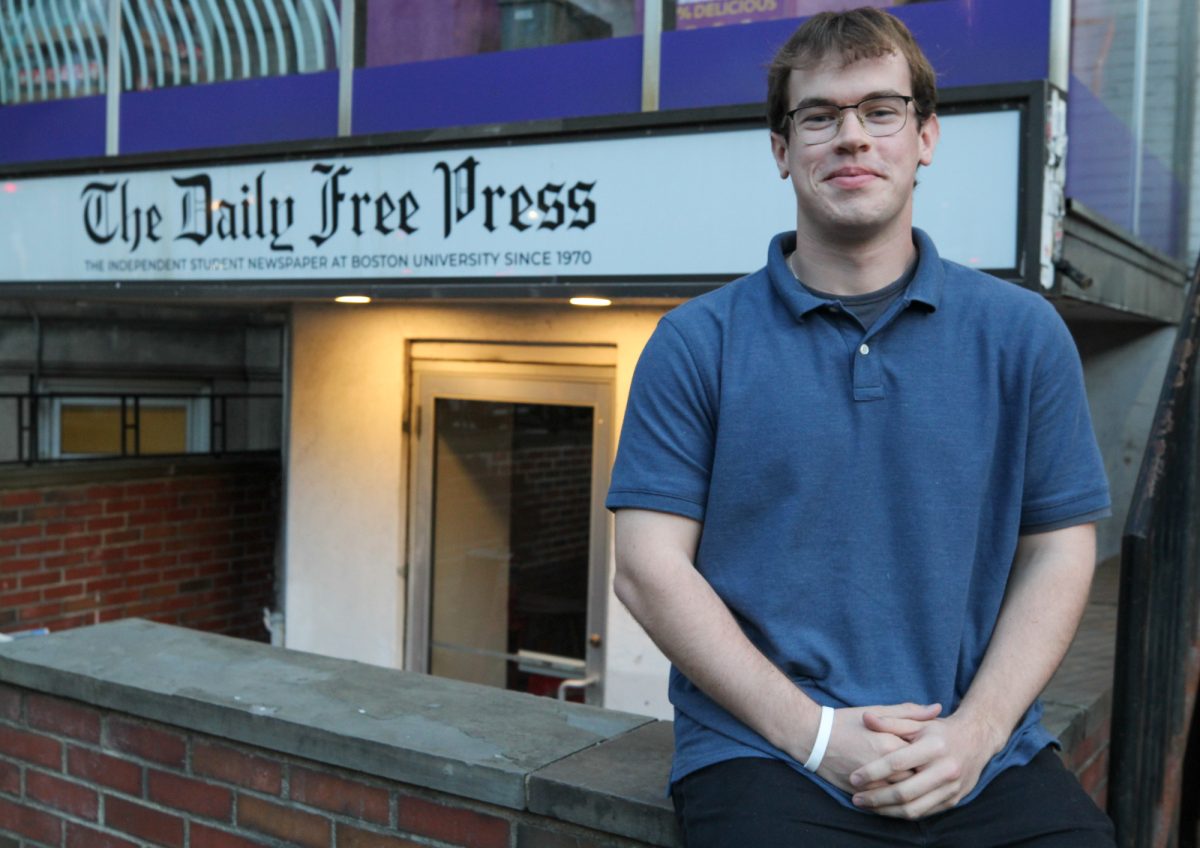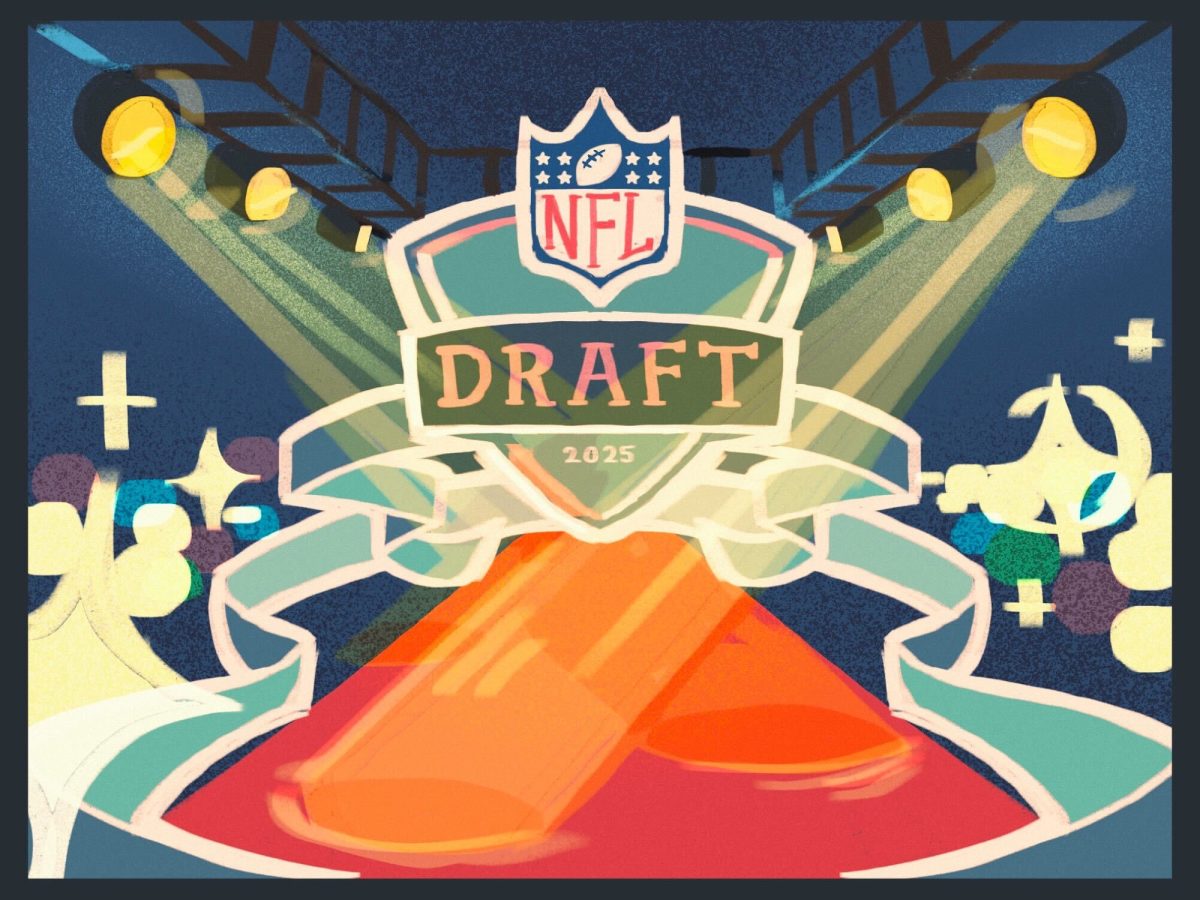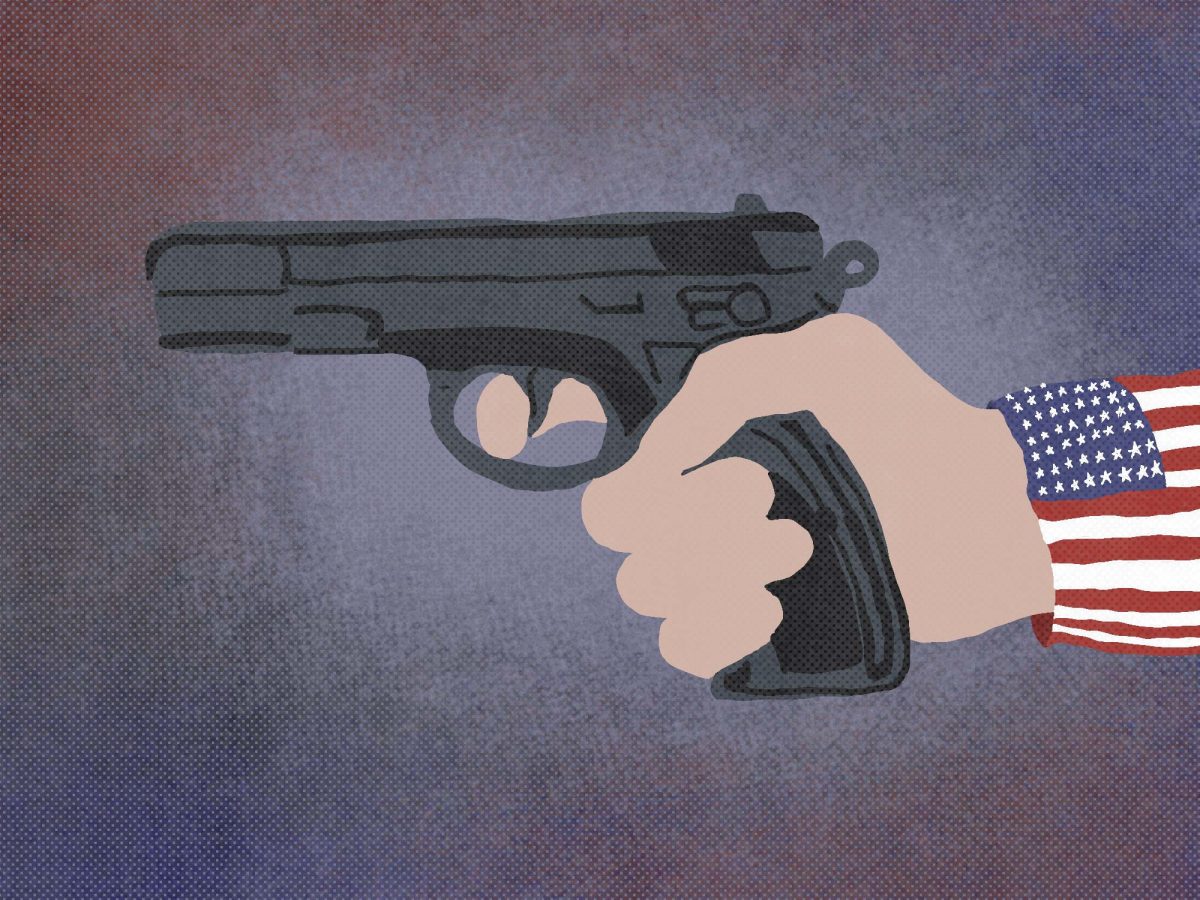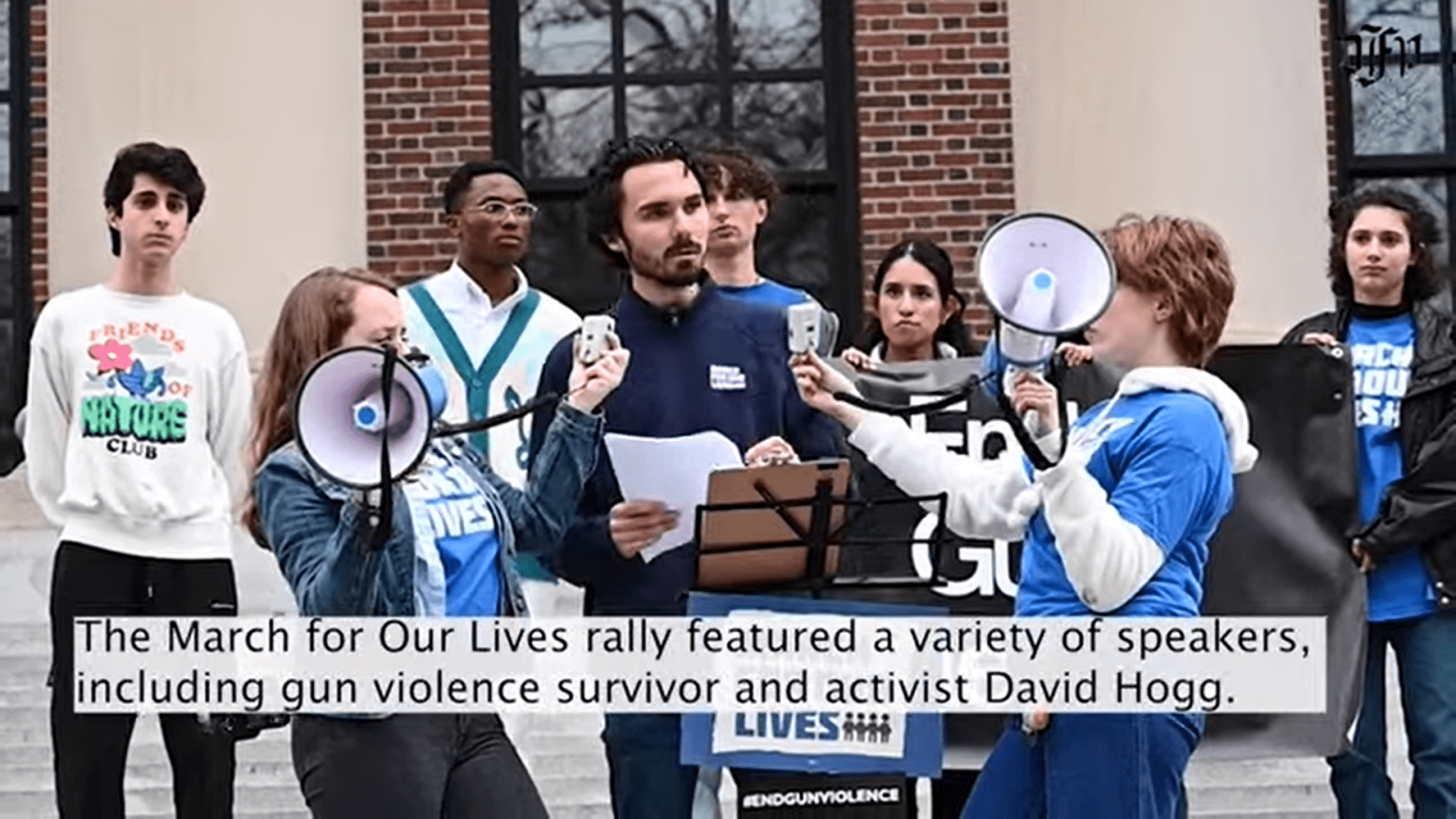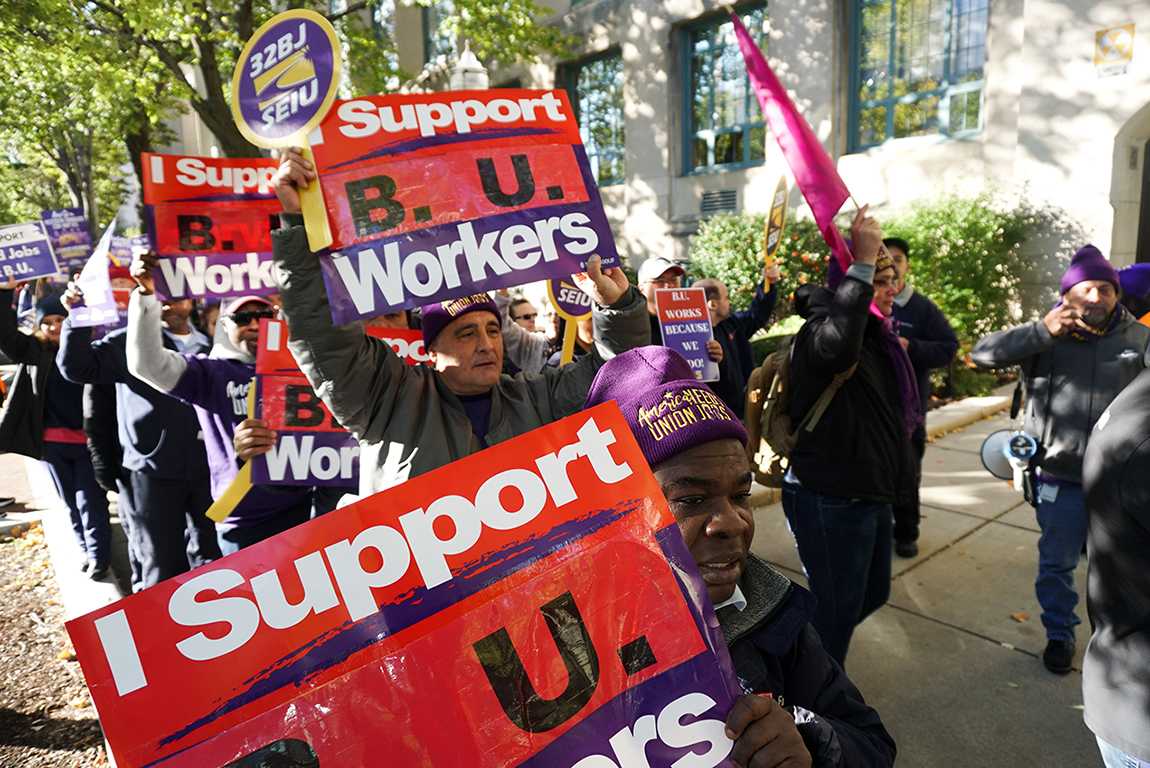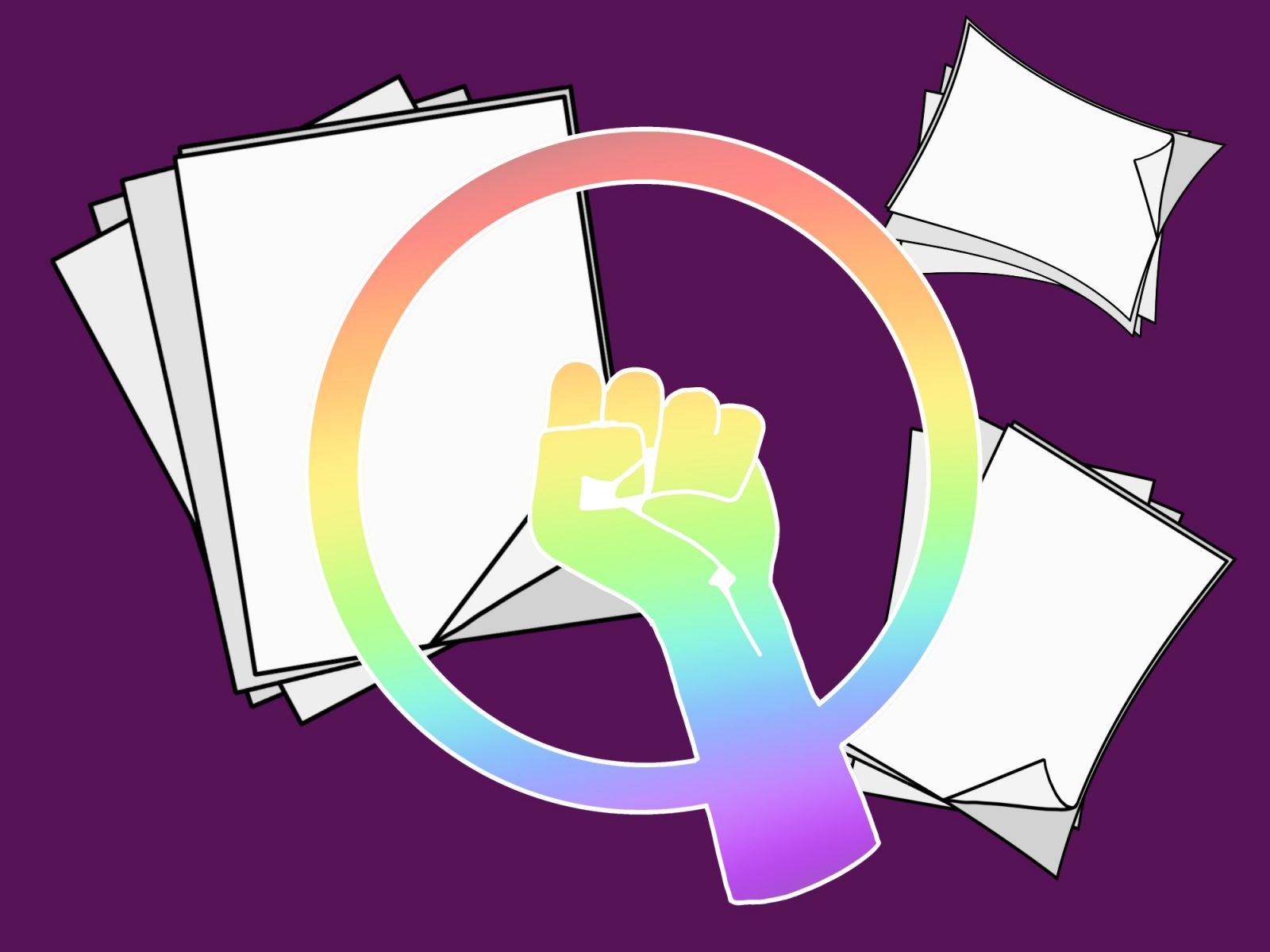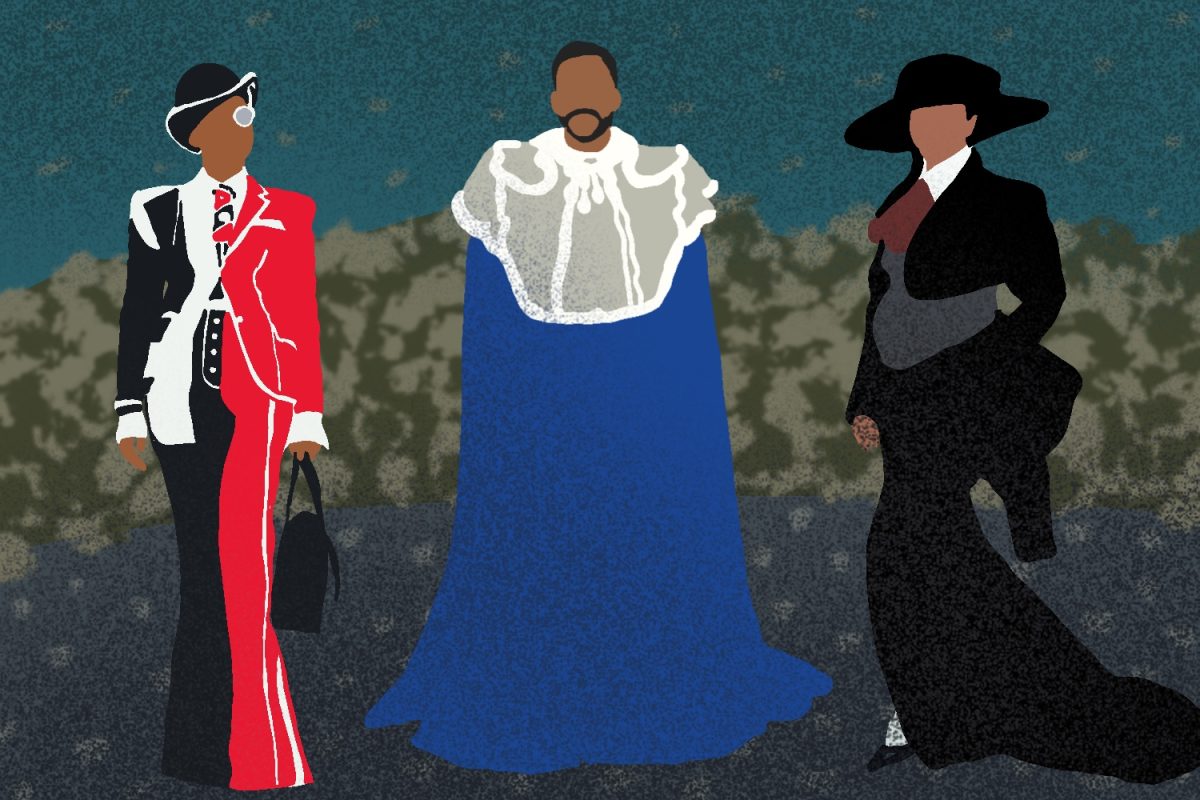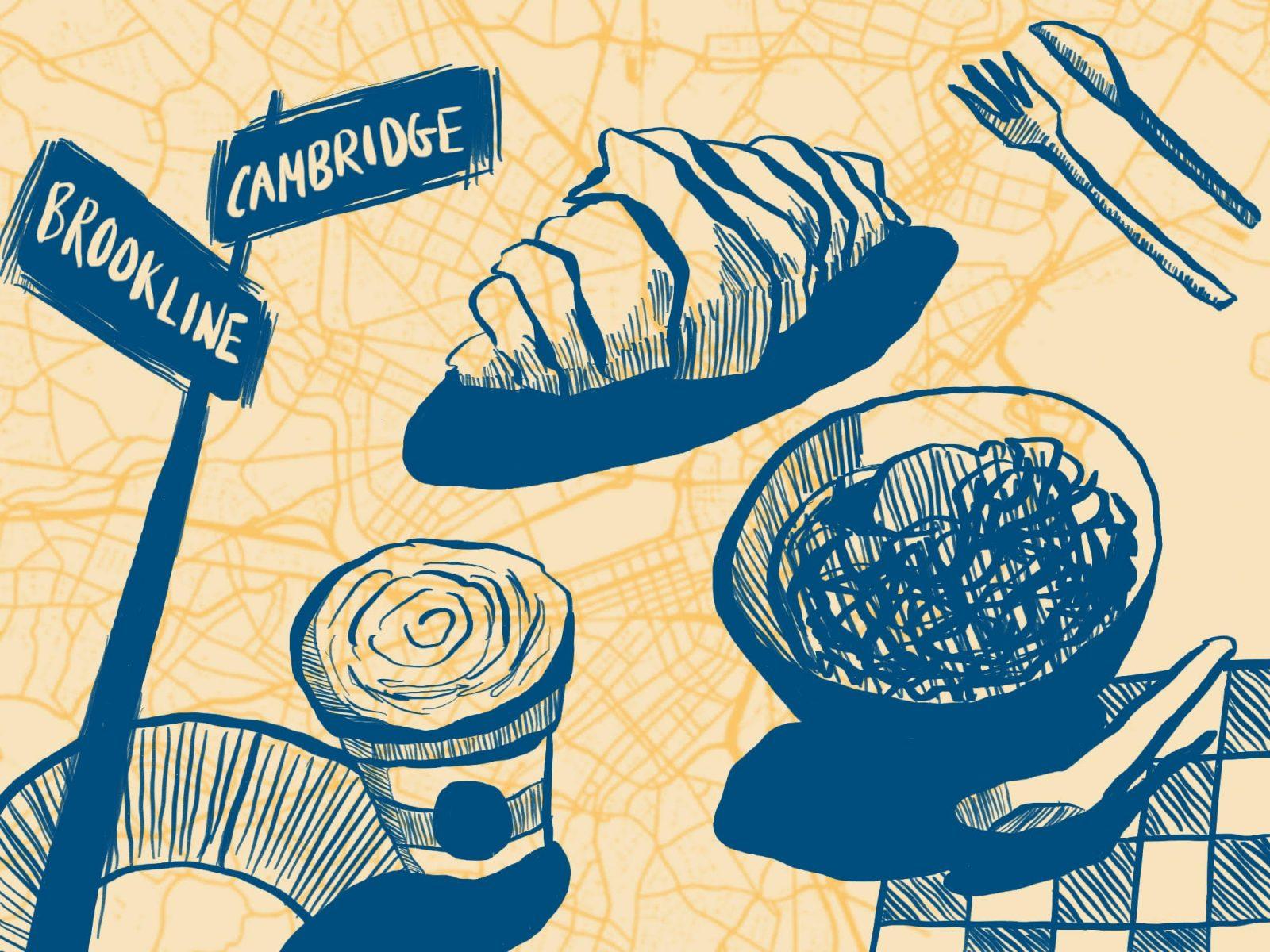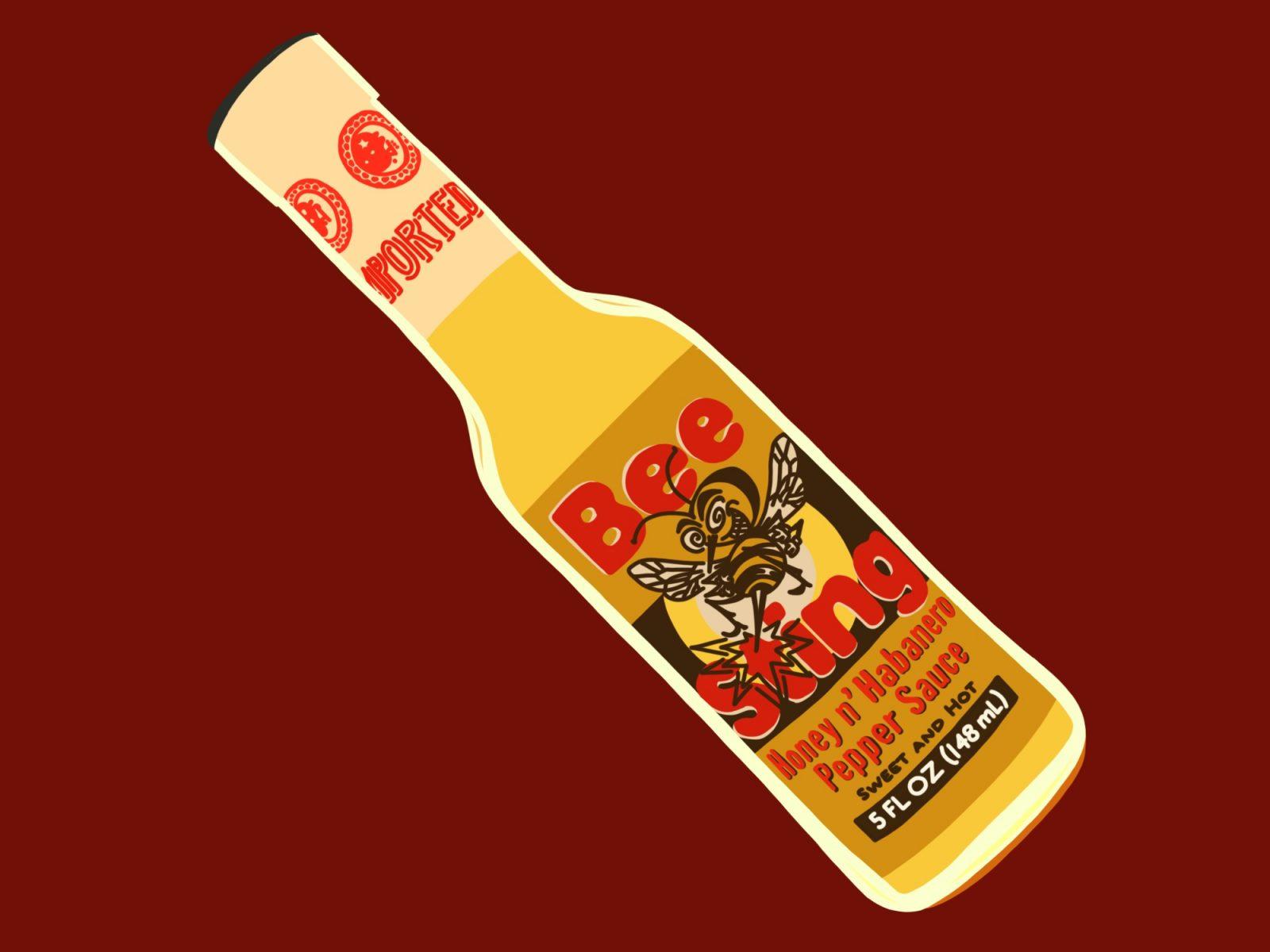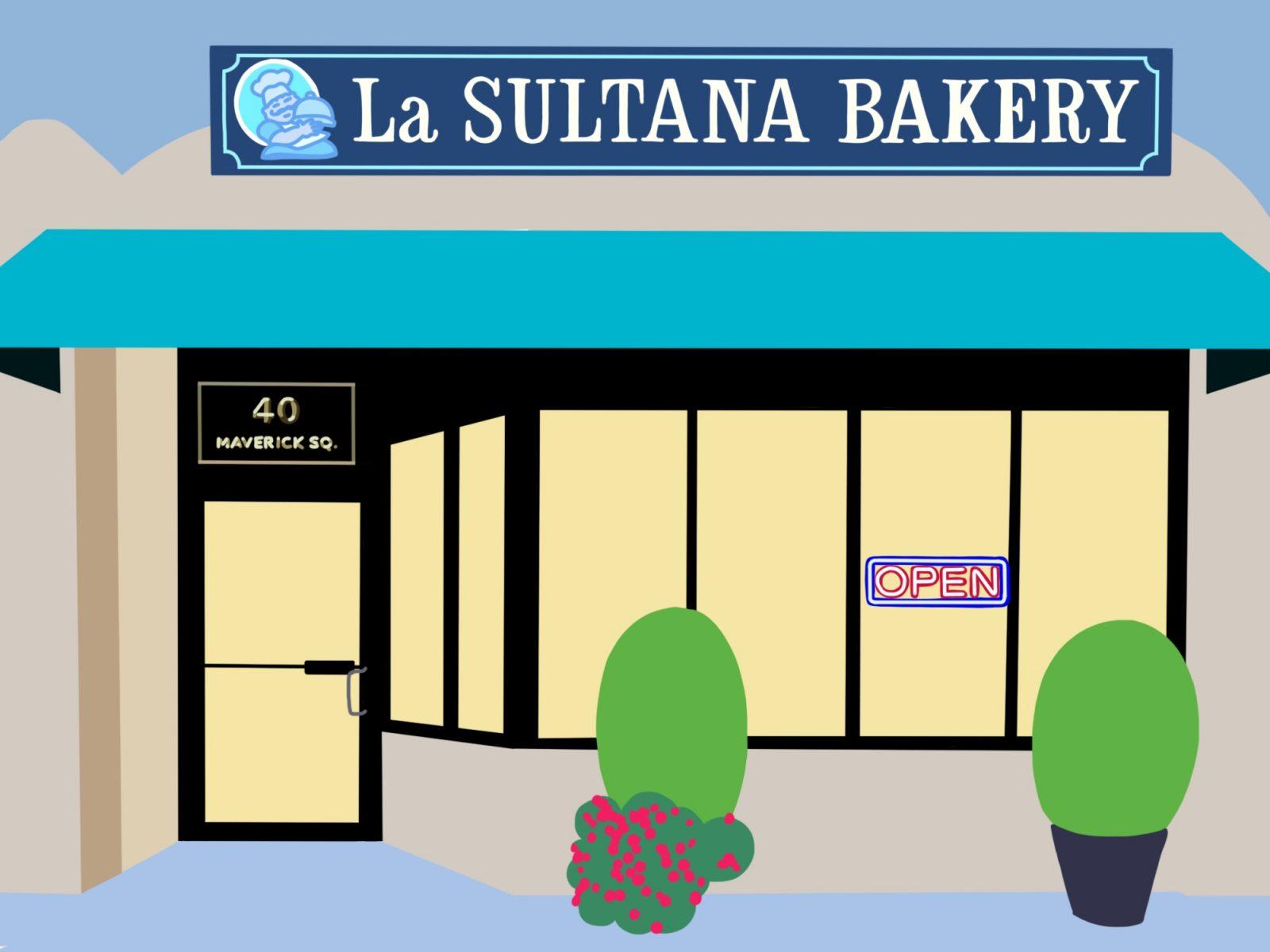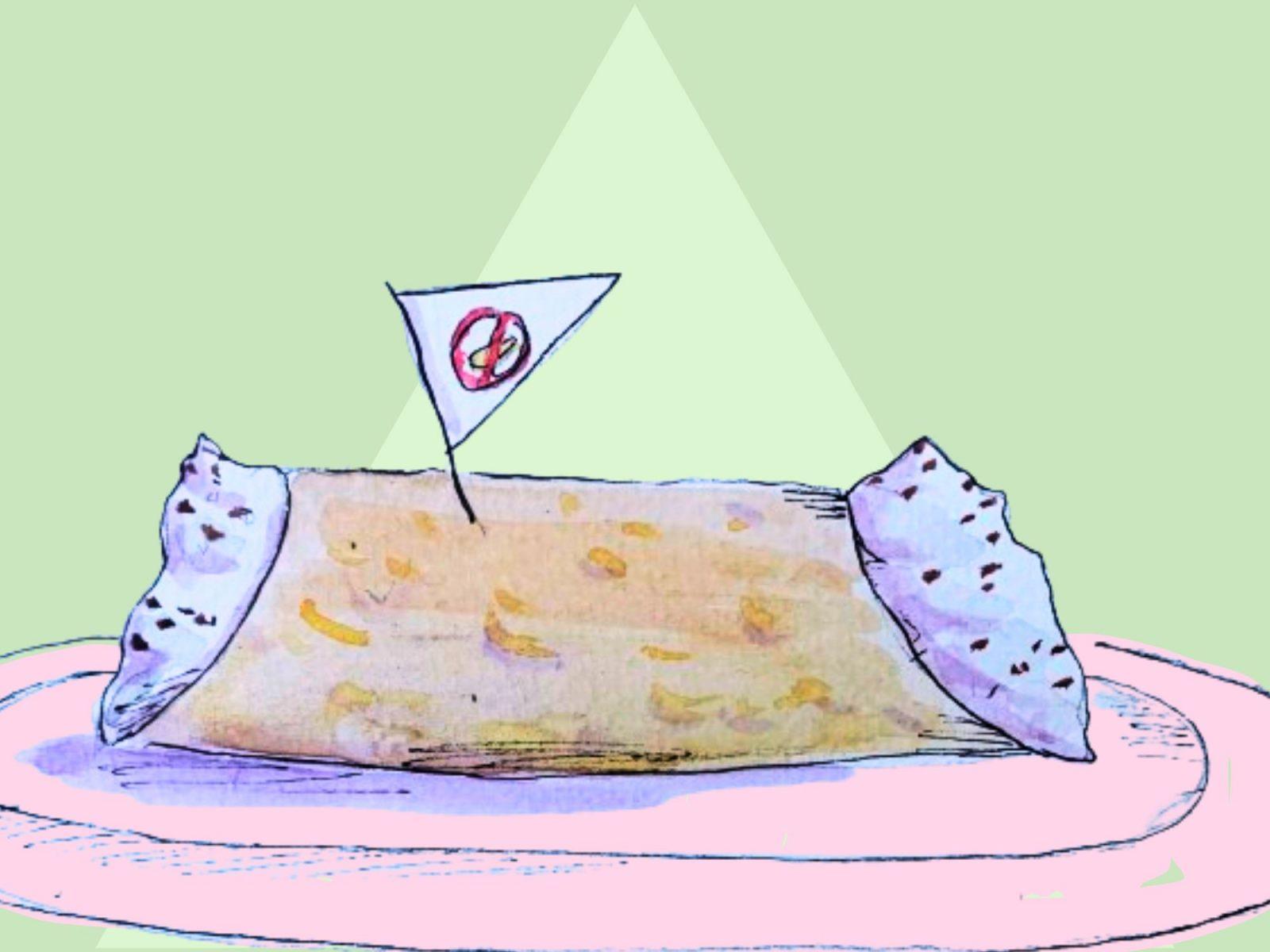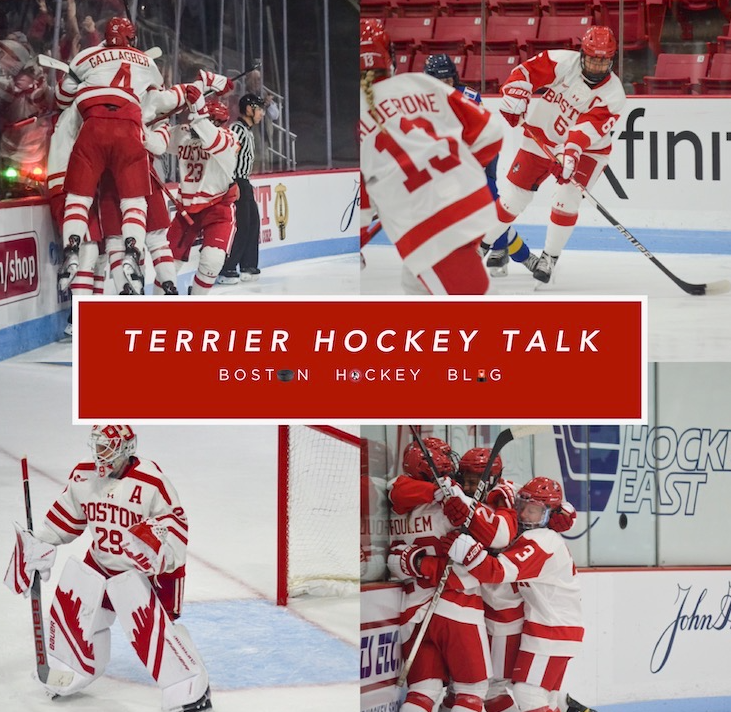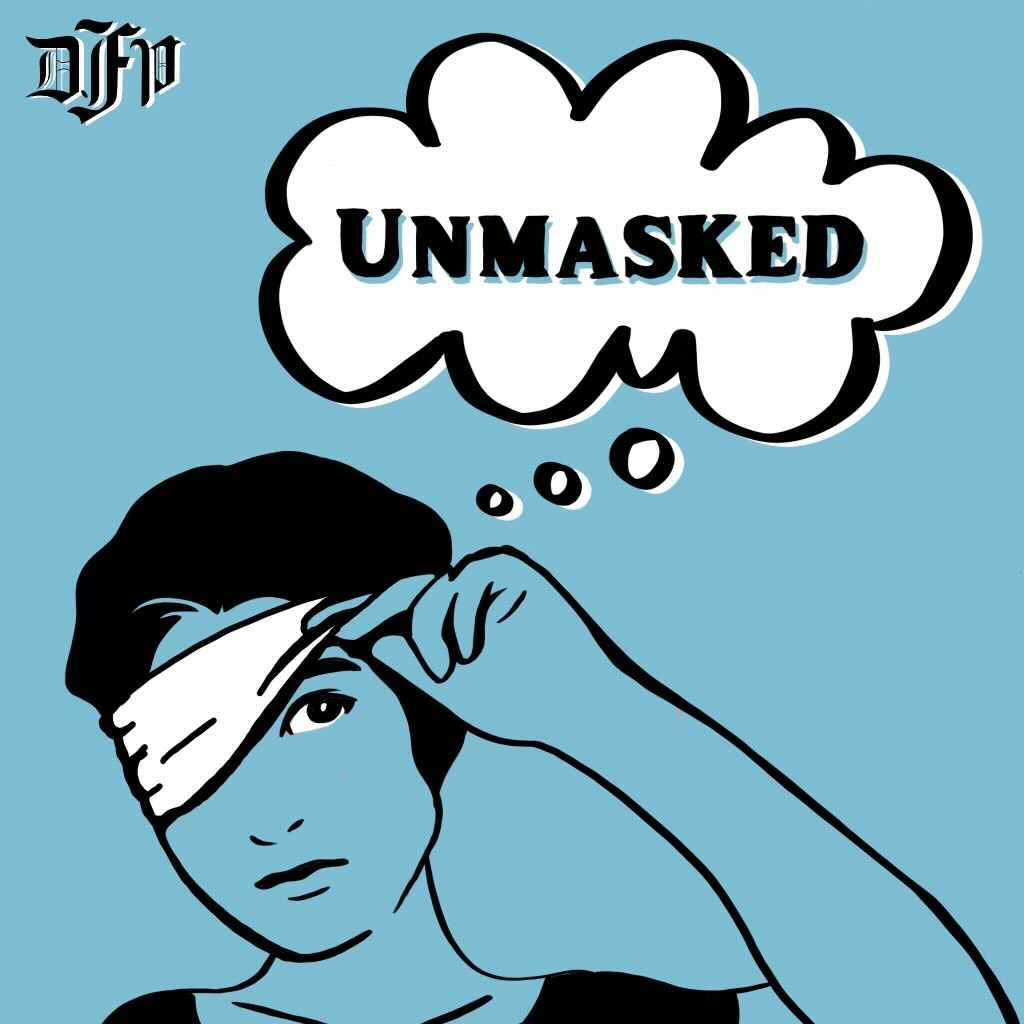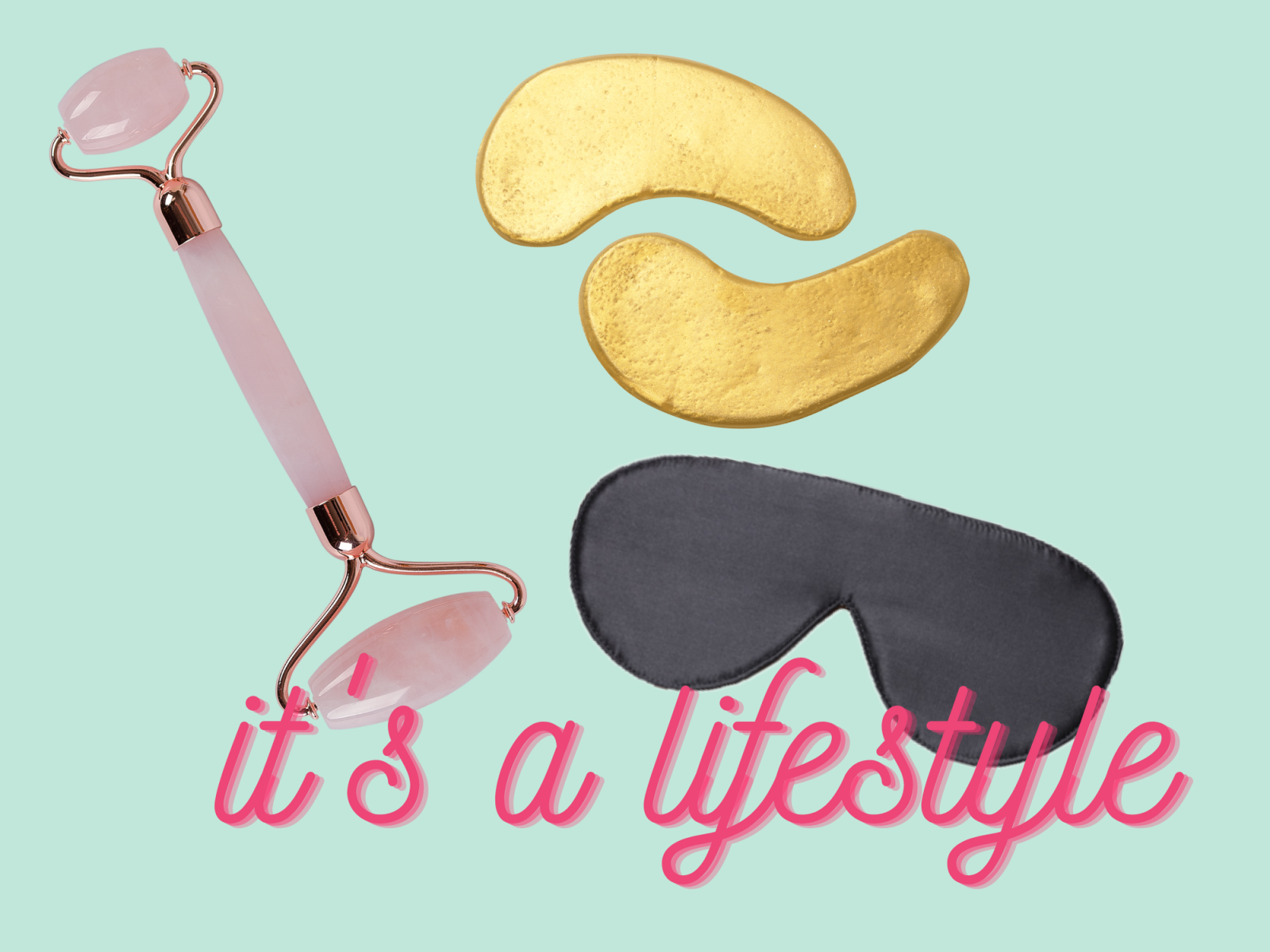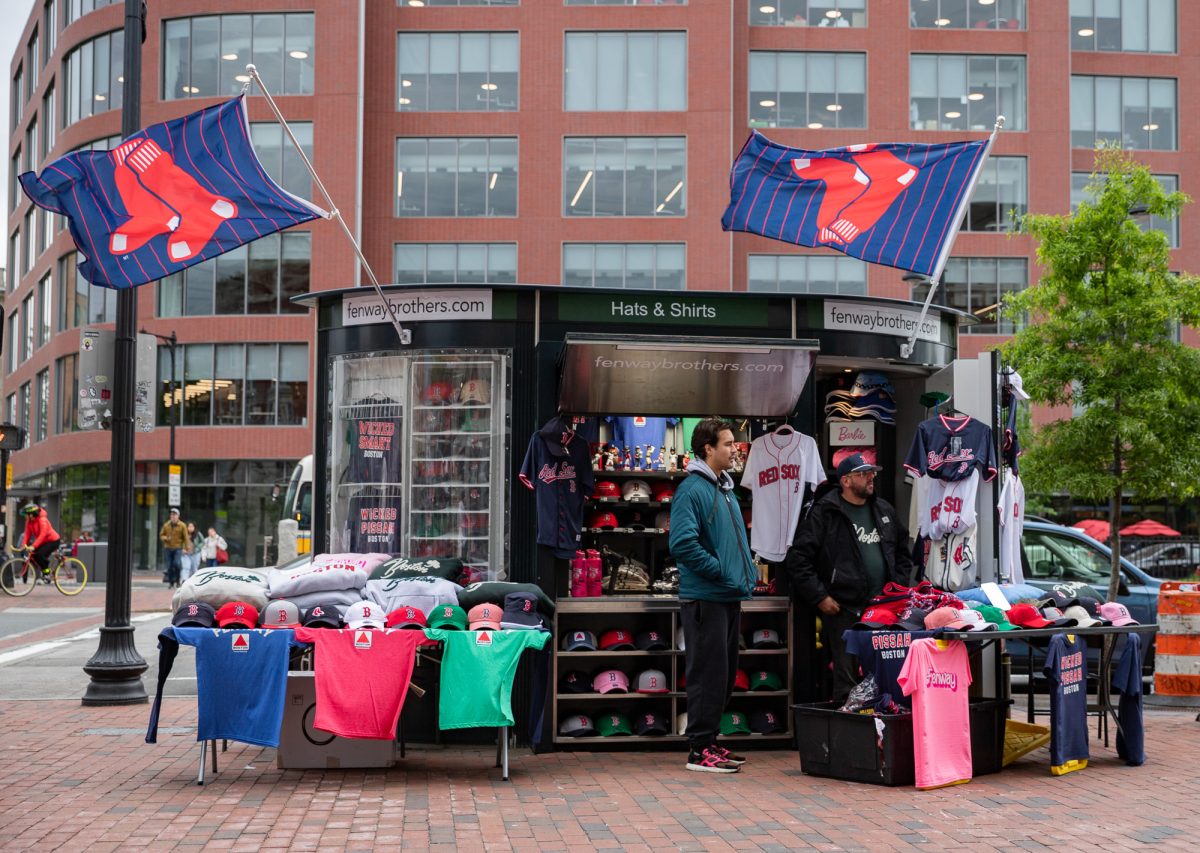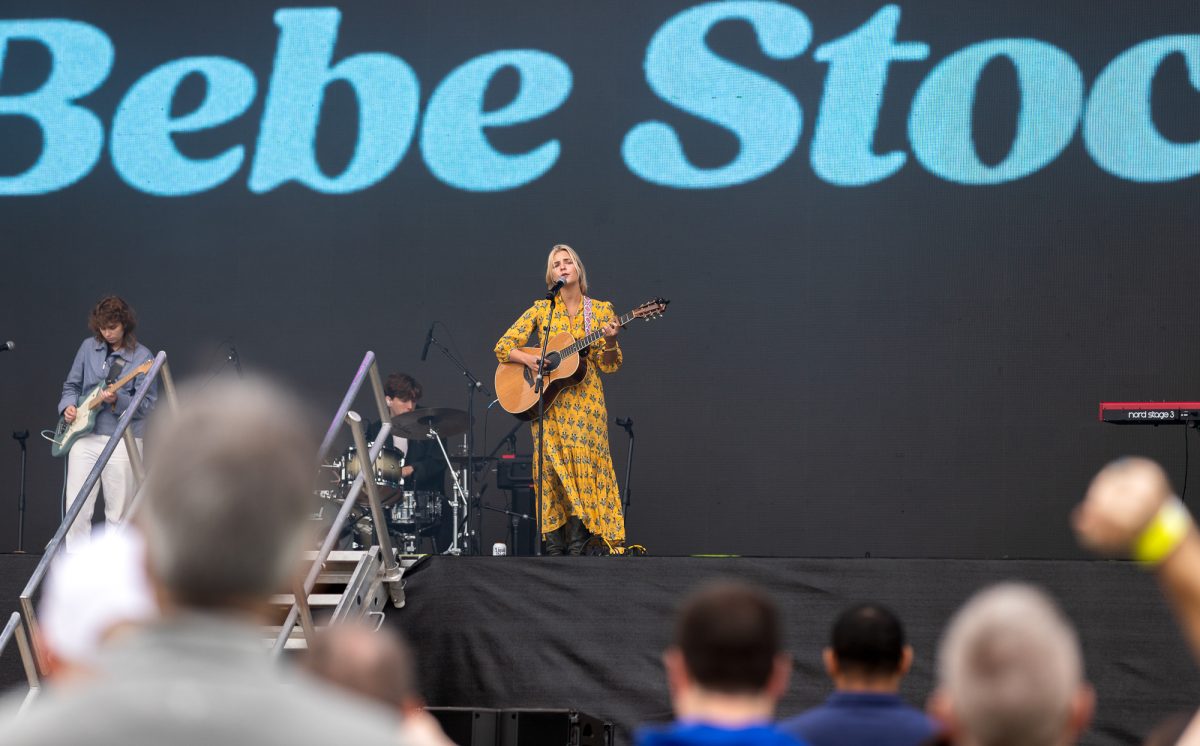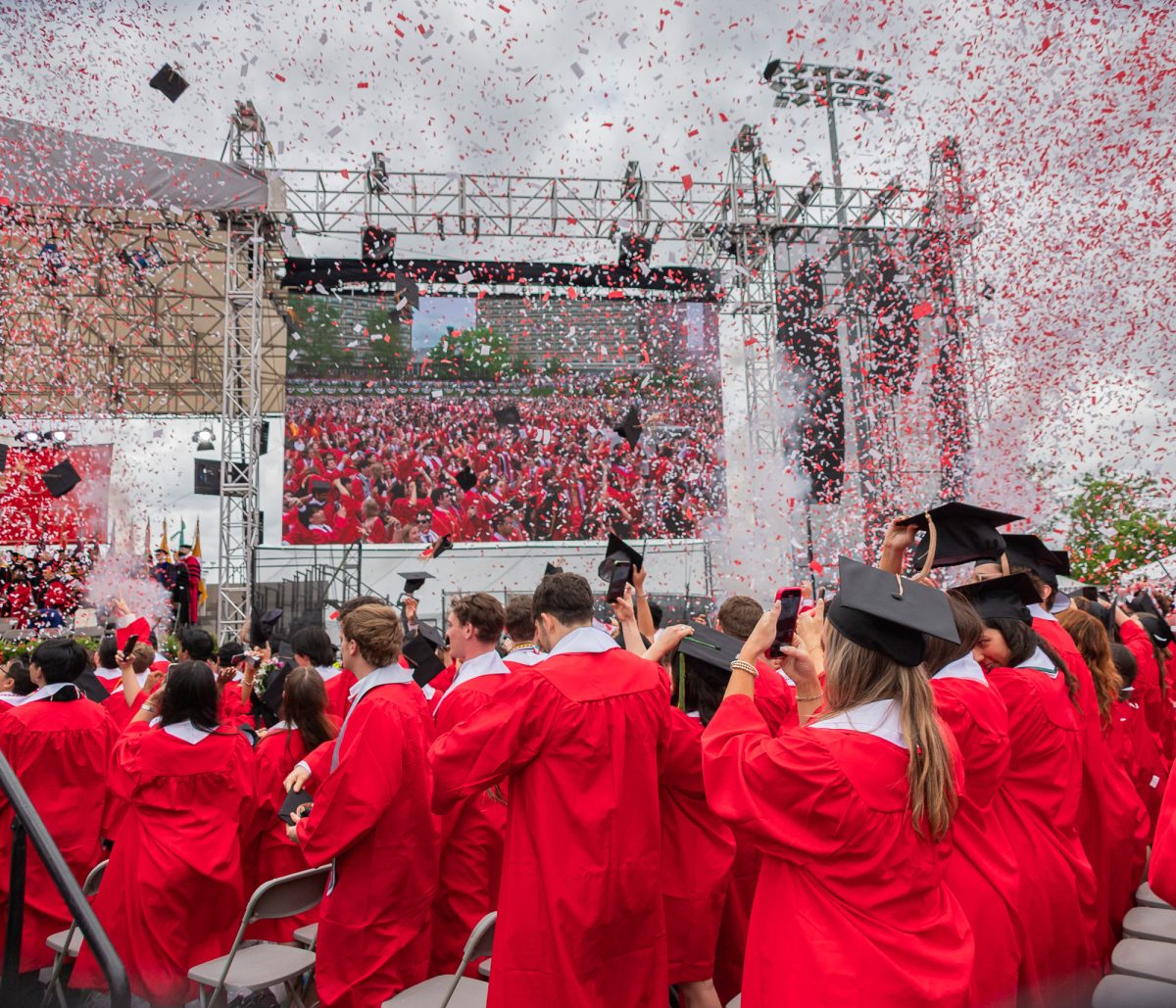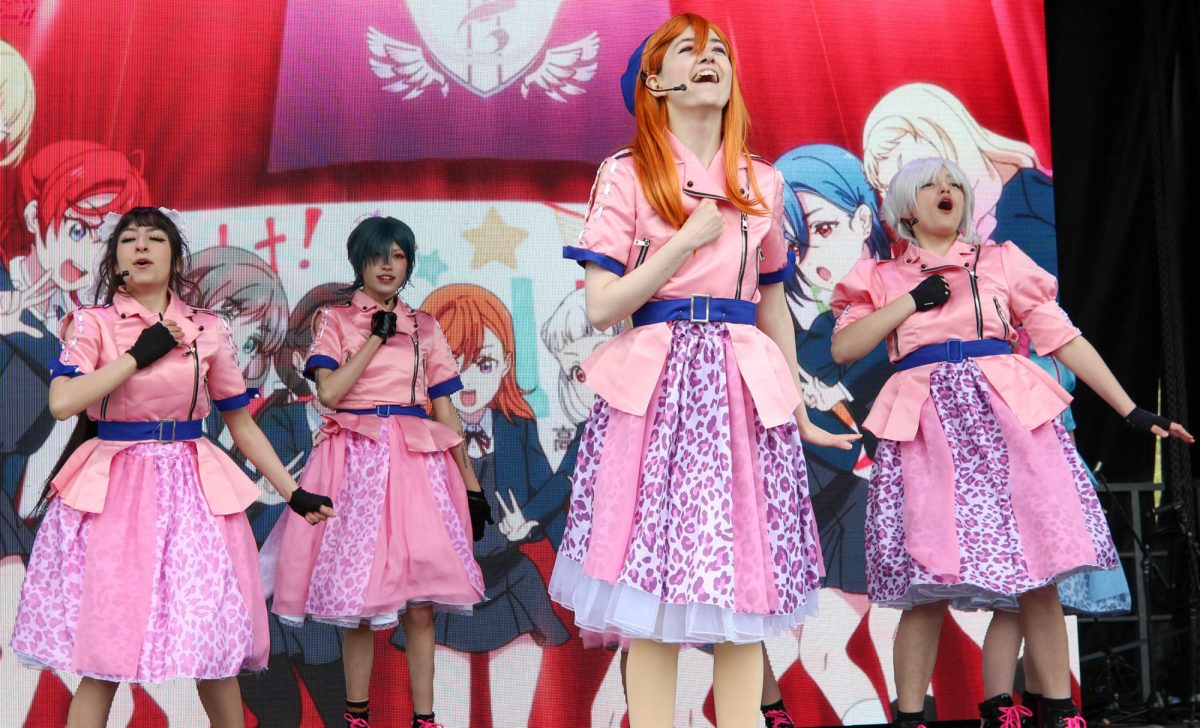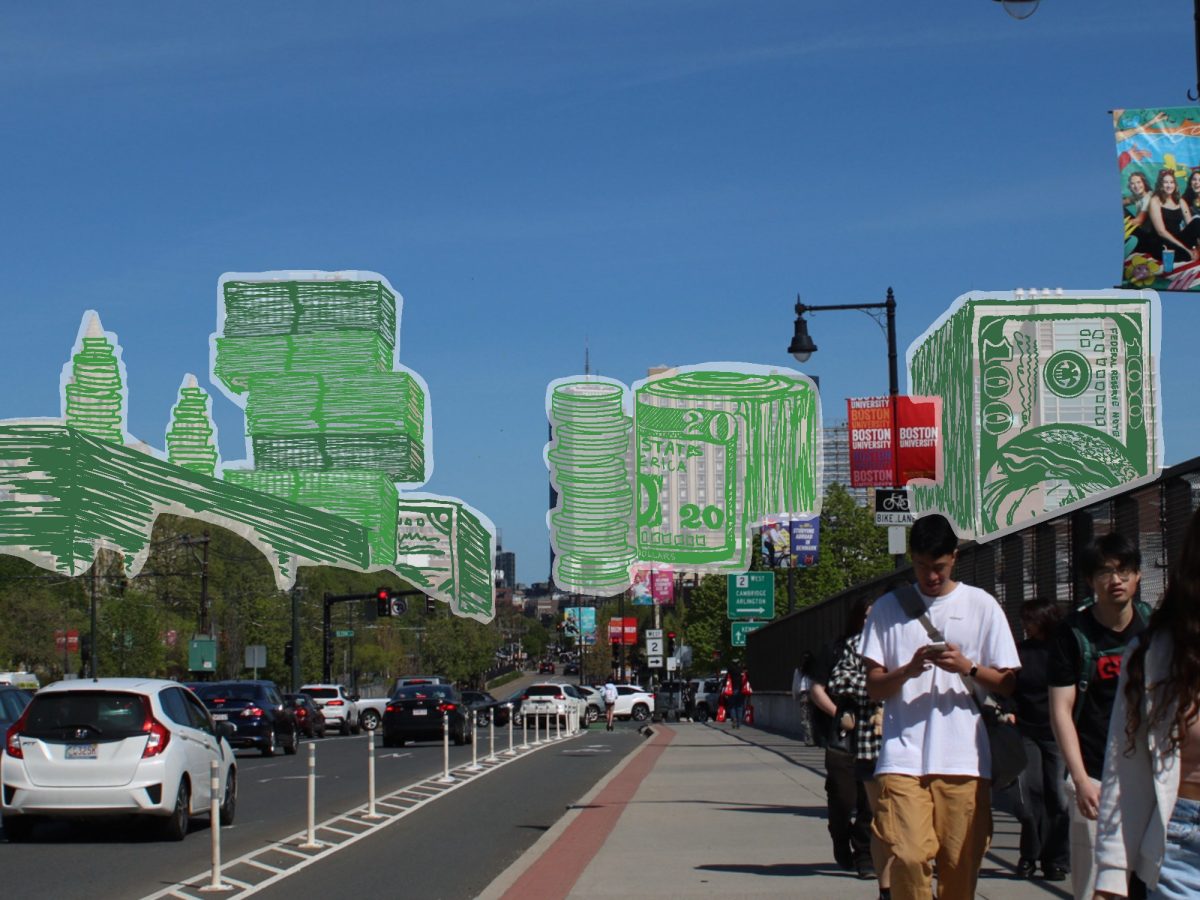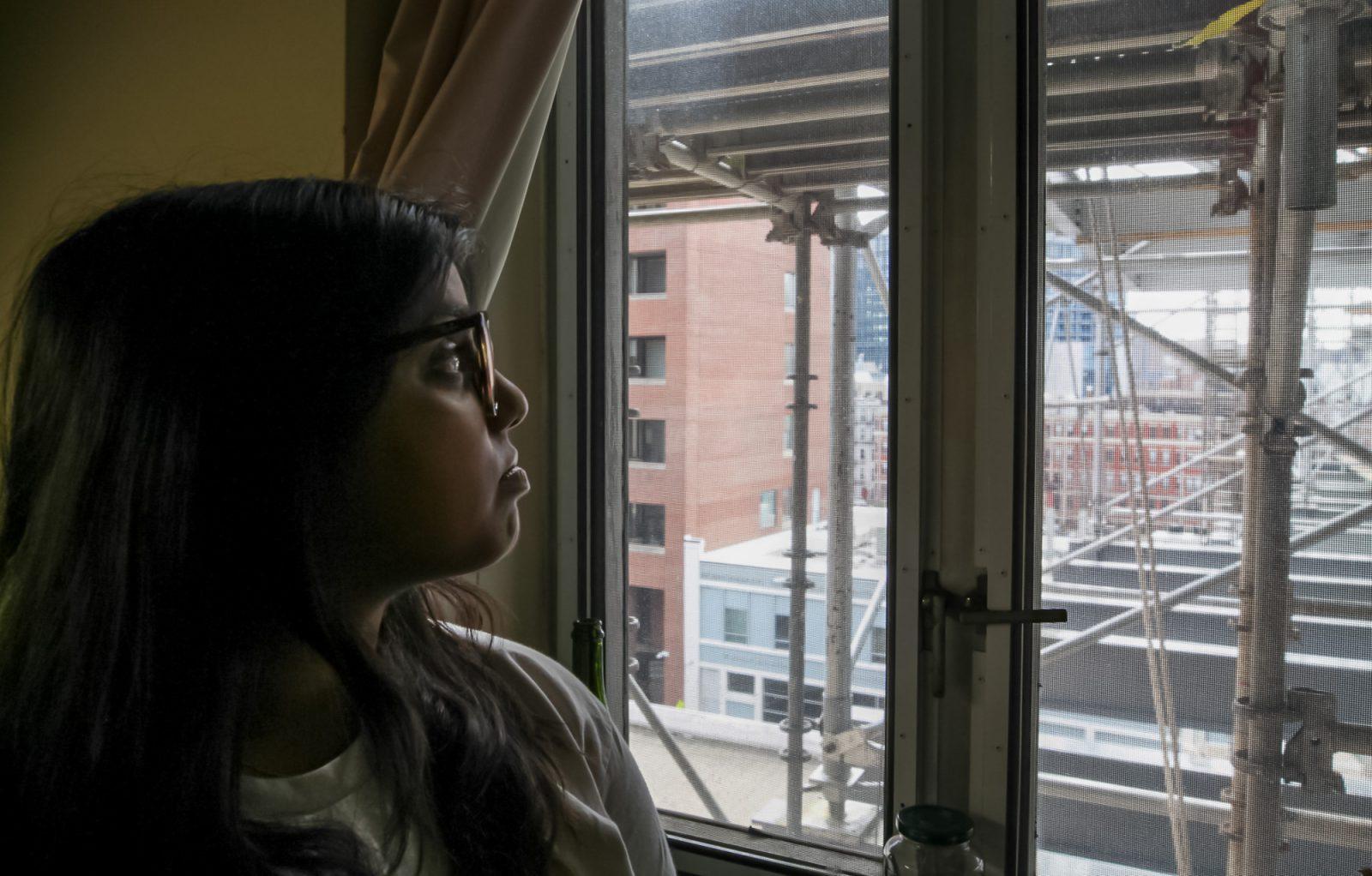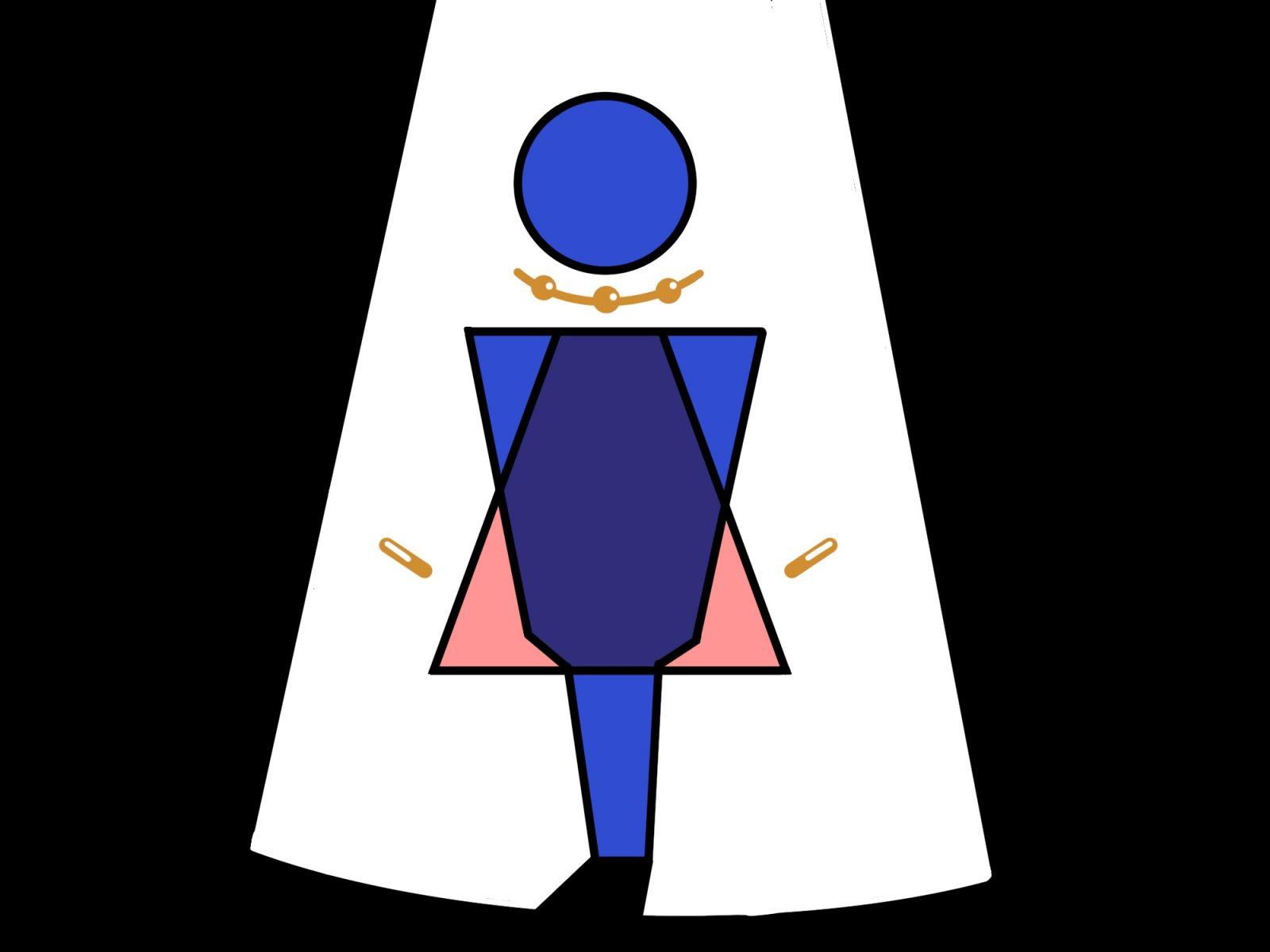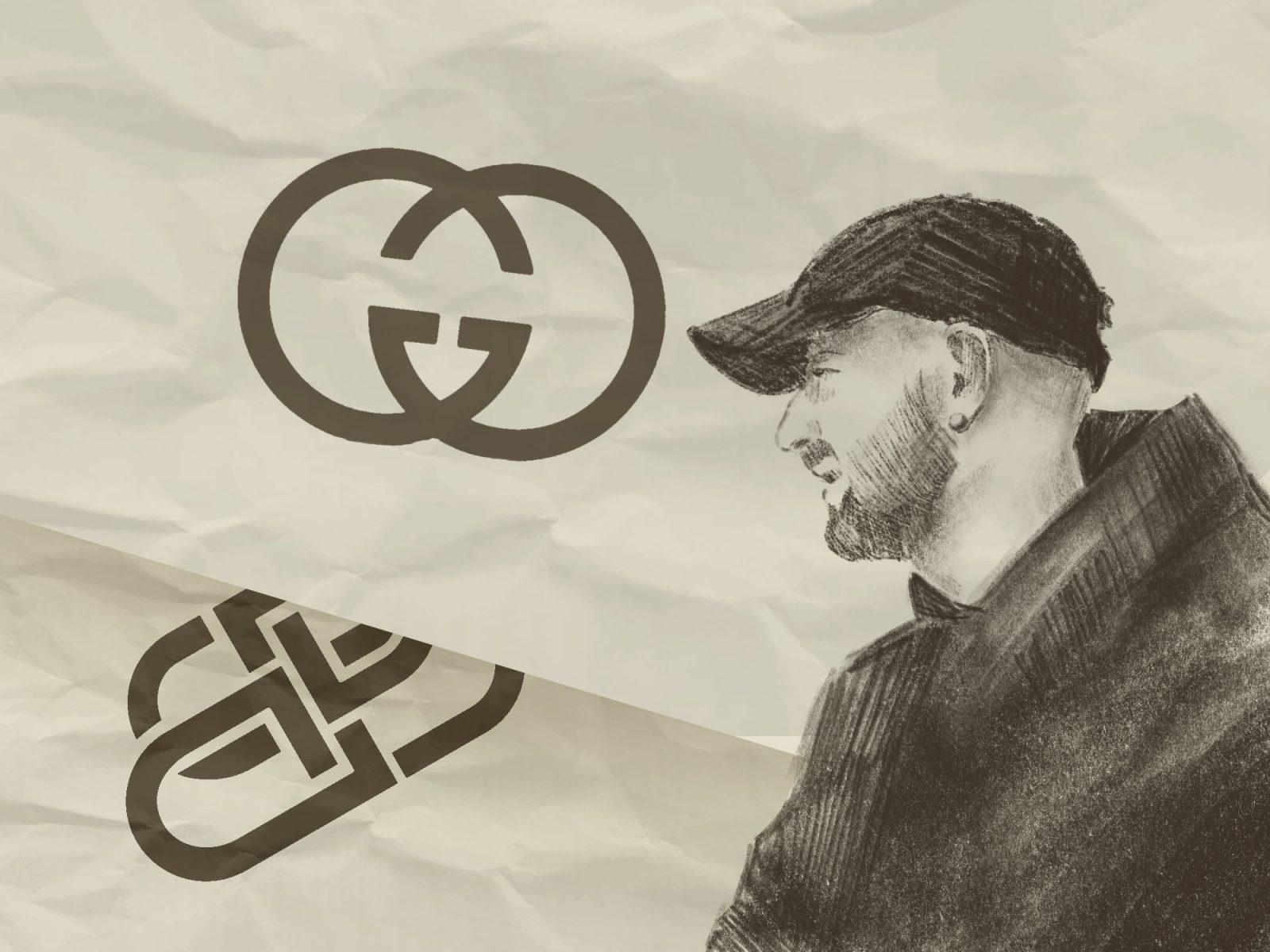From Illuminati believers to anti-vaxxers, conspiracy theories are about as ubiquitous in the U.S. these days as McDonald’s. Surprisingly for our polarized times, they’re also somewhat disconnected from the political spectrum, popping up on the right and the left.
Like most other social phenomena, this theorizing also extends to fashion. As Trump’s economic policies send luxury fashion enthusiasts into a frenzy, social media has seen a conspiracy theory showdown of brands fighting for consumer attention.
First, there’s the political right. While the country’s contentious trade relations with China are nothing new, Trump has repeatedly capitalized off of lies and conspiracies to legitimize the high tariffs he plans to impose on Chinese goods — something which could send fashion prices soaring.

But Chinese manufacturers are fighting back with a conspiracy of their own.
TikTok was ablaze last week after a supposed Chinese factory owner claimed European luxury brands have been using workshops like his to manufacture products, only to drastically mark up the price to gain a profit. Other Chinese manufacturers with similar claims proposed customers buy directly from their stores for a fraction of the price — thus avoiding the European middle-man.
“You have been misled and poisoned by the marketing campaign of those luxury brands for too long,” TikTok user Wang Sen said.
Chinese manufacturers were smart to bank on the naïveté of TikTok users deep in a four-hour bed rotting session. Comment sections of Sen’s post and others like it were filled with Americans excited about the revelation, with one creator calling the rise of Chinese manufacturers “social media gold.”
We’ll get to the authenticity of these discounted designer products later. For now, it’s important to note other fashion brands are using a conspiracy theory-inspired approach to attract customers.
As fashion commentator Derek Guy notes, affordable luxury brand Quince markets its leather tote bag by comparing it to similar products from Coach and Kate Spade. More specifically, Quince claims that its more expensive counterparts are not actually made with Italian leather.
The way I see it, the implication here is high-end labels are charging exorbitant prices and pretending their bags are good quality when they’re not. Meanwhile Quince, the innocent, transparent Robin Hood of fashion, sells the truly well-made bags for a fraction of the price.
How honorable.
So why has fashion fallen victim to these conspiracies?
To begin with, companies well-positioned as underdogs know that consumers are itching to uncover the dark secrets behind longstanding fashion empires. Labels like Coach and Hermès have been around so long that they seem almost impenetrable. Yet, sustainability concerns and racist ad campaigns have given consumers an inkling of their not-so-hidden greed.
So when a Chinese manufacturer — sitting on his work stool and dressed humbly in plaid — confirms well-known suspicions by spinning yarn about the supposed true cost of luxury bags, viewers are all too eager to listen.
Conspiracy theories become more addictive in the face of economic uncertainty. I mean, even your $15 going out top from SHEIN could soar in price thanks to Trump’s tariffs. And don’t get me started on Hermès bags reportedly surging in cost — past an already jaw-dropping $20,000 starting price.
It’s no wonder, then, that we might try to soothe our woes by clinging on to conspiracies about where affordable quality actually is. But it’s precisely during these uncertain times that we should turn our attention to the details.
As Guy notes, a little digging into the Chinese factory owner’s video reveals many of the prices he quotes are wrong. What’s more, experts have sounded the alarm about the lies spread in such TikToks, and a Lululemon spokesperson said the company does not work with the manufacturers named in the videos.
Another foolproof way to fact check these posts is to examine the products themselves.
The distinction between affordable luxury and the real deal often lies in craftsmanship, explains Guy. While the factory owner from TikTok may be using the same materials as Hermès to make bags, the French brand’s authentic product will have subtle marks of its unique technique, like a hand-sewn the saddle stitch.
Tanner Leatherstein is another TikTok content creator actually unpacking the supposed quality of luxury goods. In one video, he shows that Quince’s leather tote bags — supposedly made of real Italian leather while Coach’s similar product isn’t — are actually less durable than their luxury counterparts.
You might be wondering why you should forsake the reliable dopamine hit of TikTok drama in favor of a video of a guy scratching a leather bag with a utility knife.
It’s important to start taking an interest in how products are made, rather than who’s lying about making them. That way, smaller brands who take the time to thoughtfully manufacture their products will also get their well-earned share of social media spotlight.
After all, customers are getting tired of luxury brands, whether or not their bags are impeccably stitched. But as long as we fall prey to social media controversies — which ultimately just cement the untouchable status of luxury empires — they continue to thrive.
If we really want new blood in the world of well-made fashion, it’s time to stop scrolling and start inspecting.
This story was published at 10:35 p.m.

